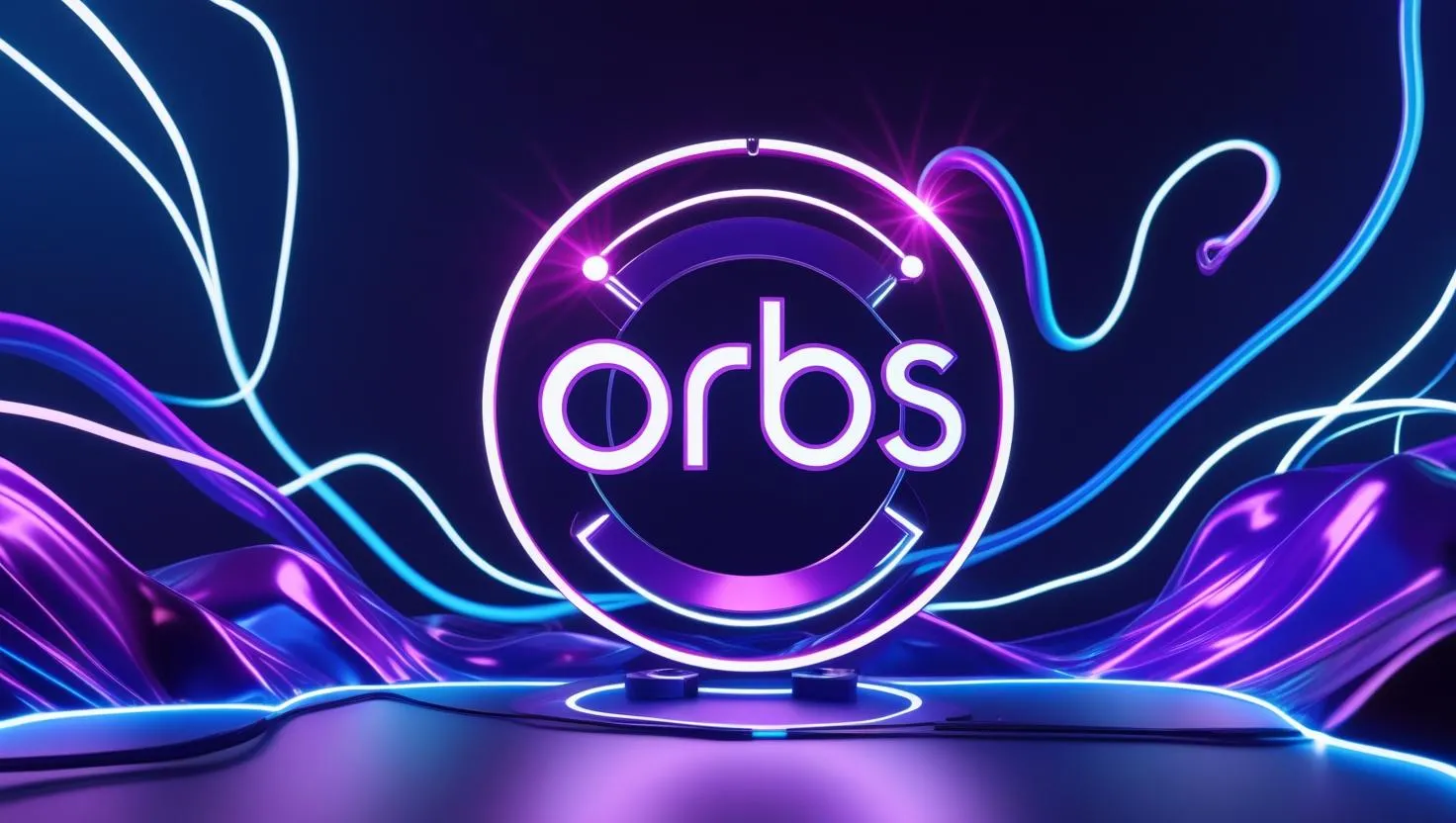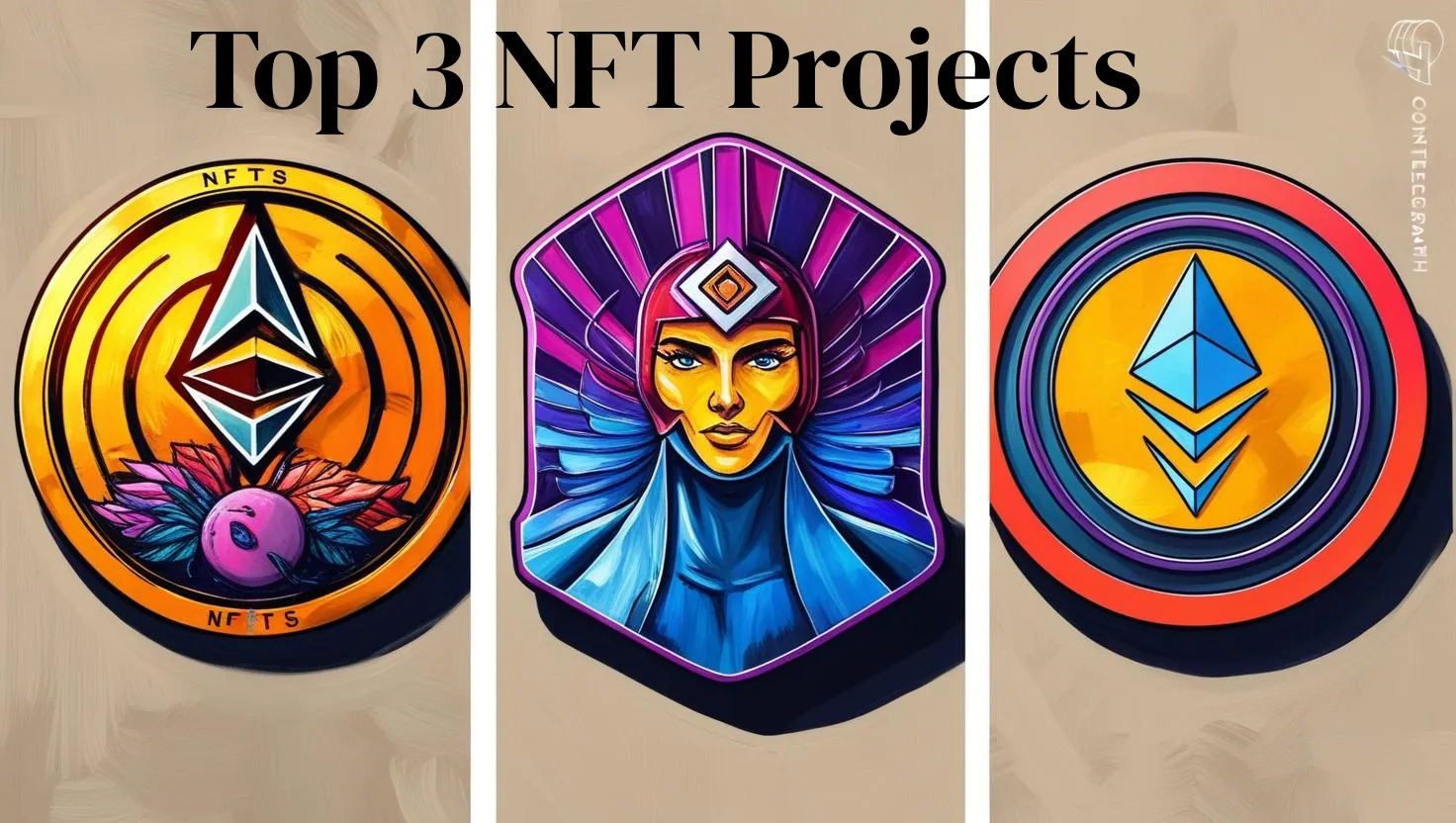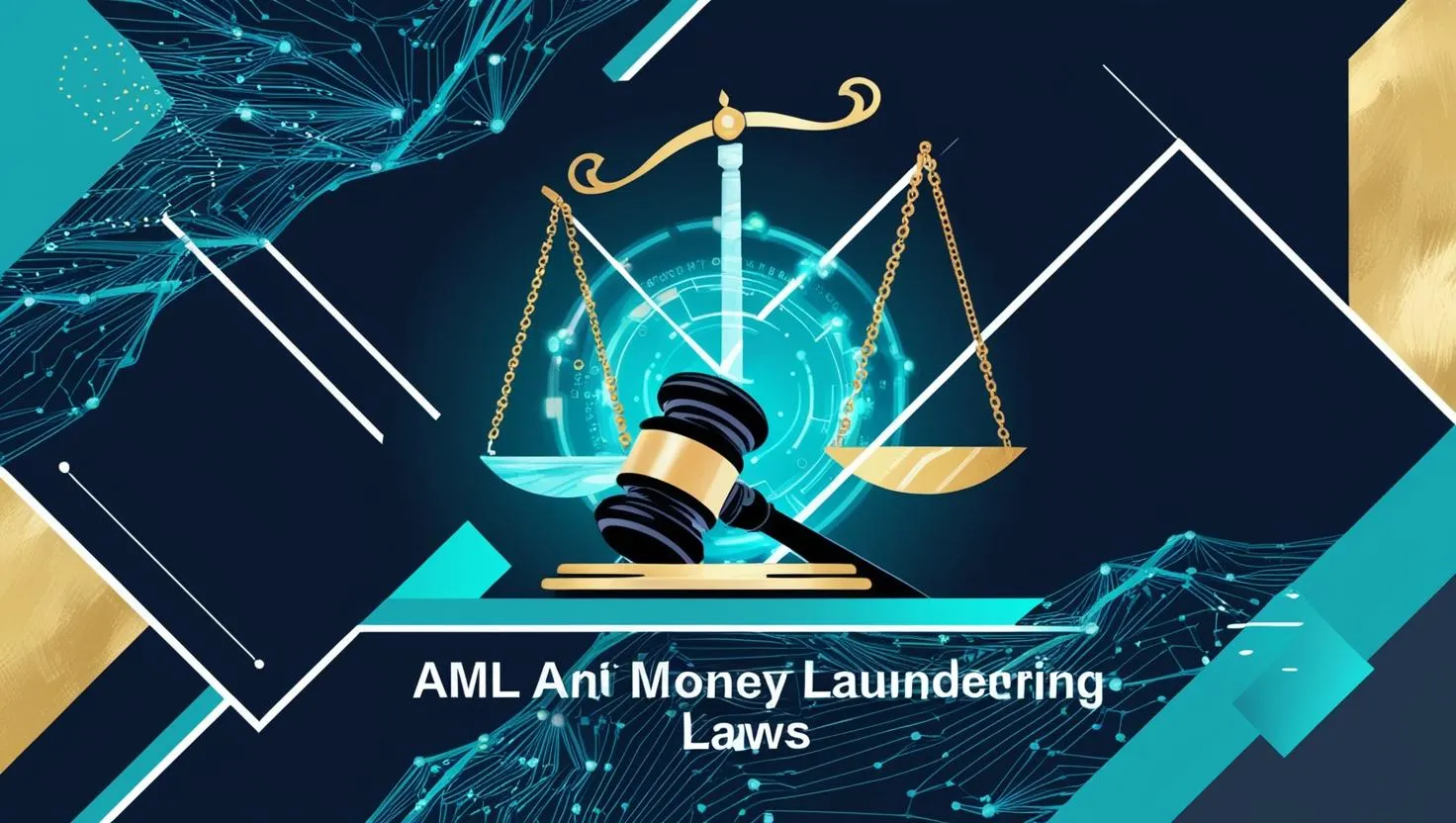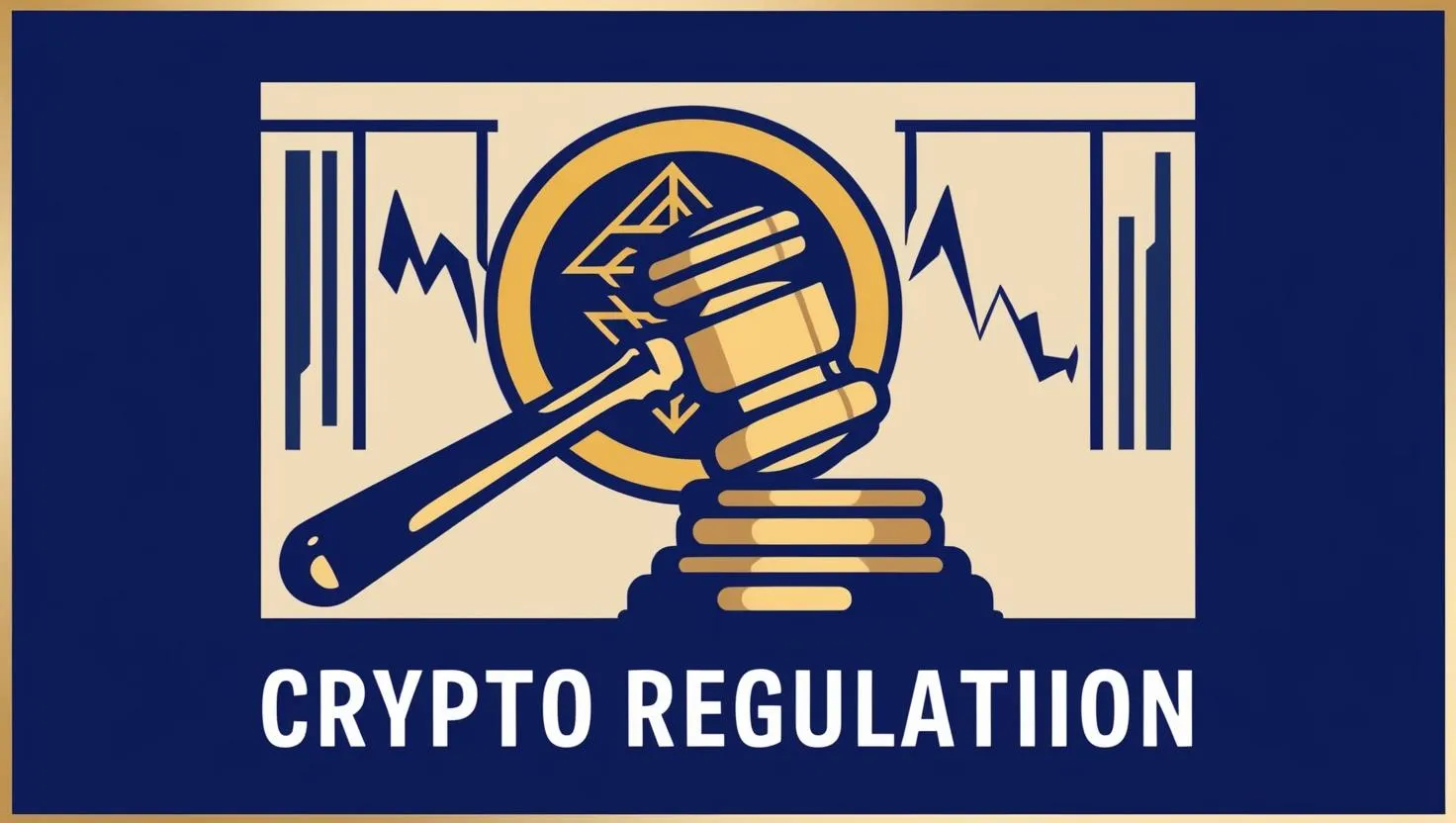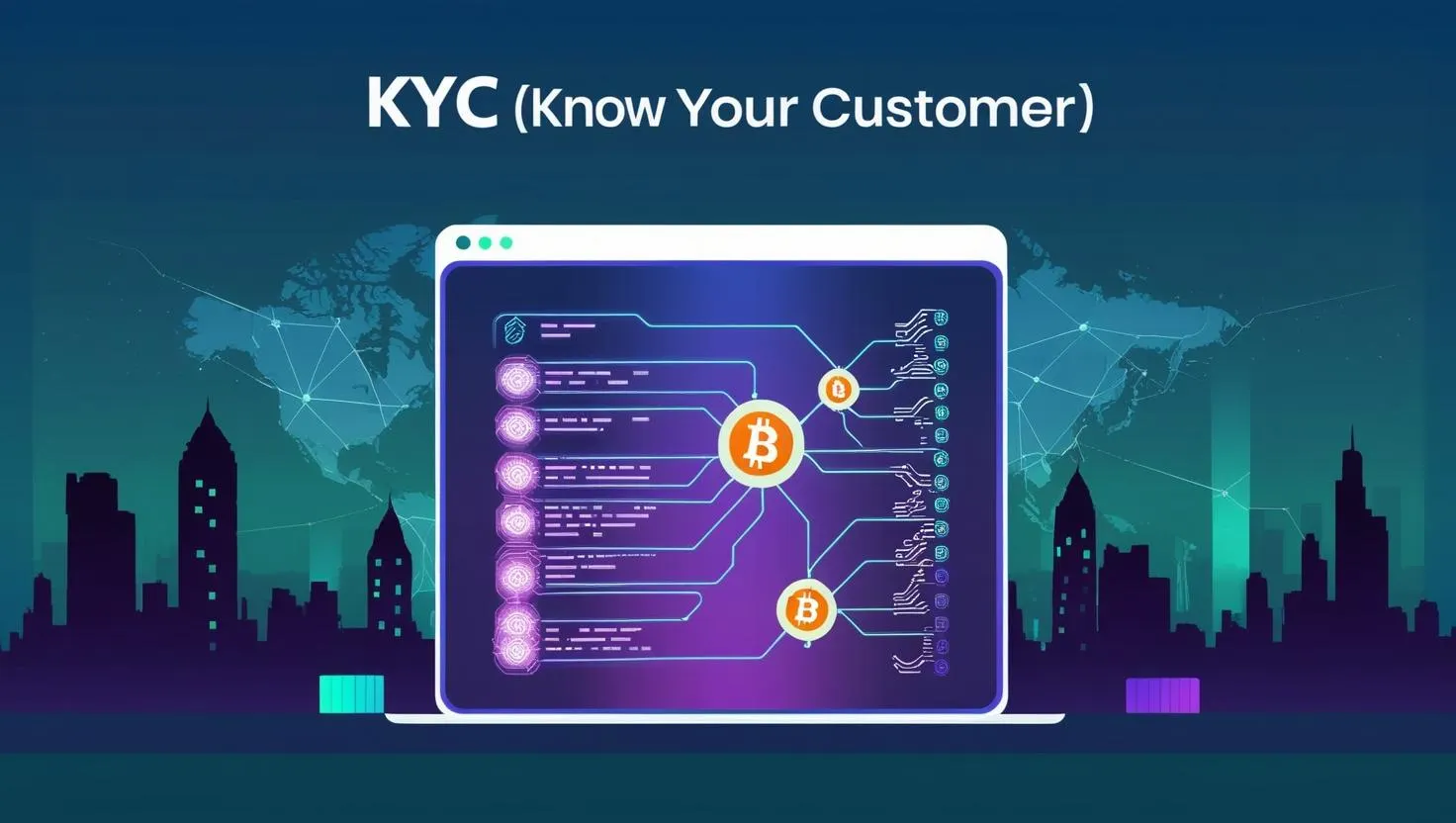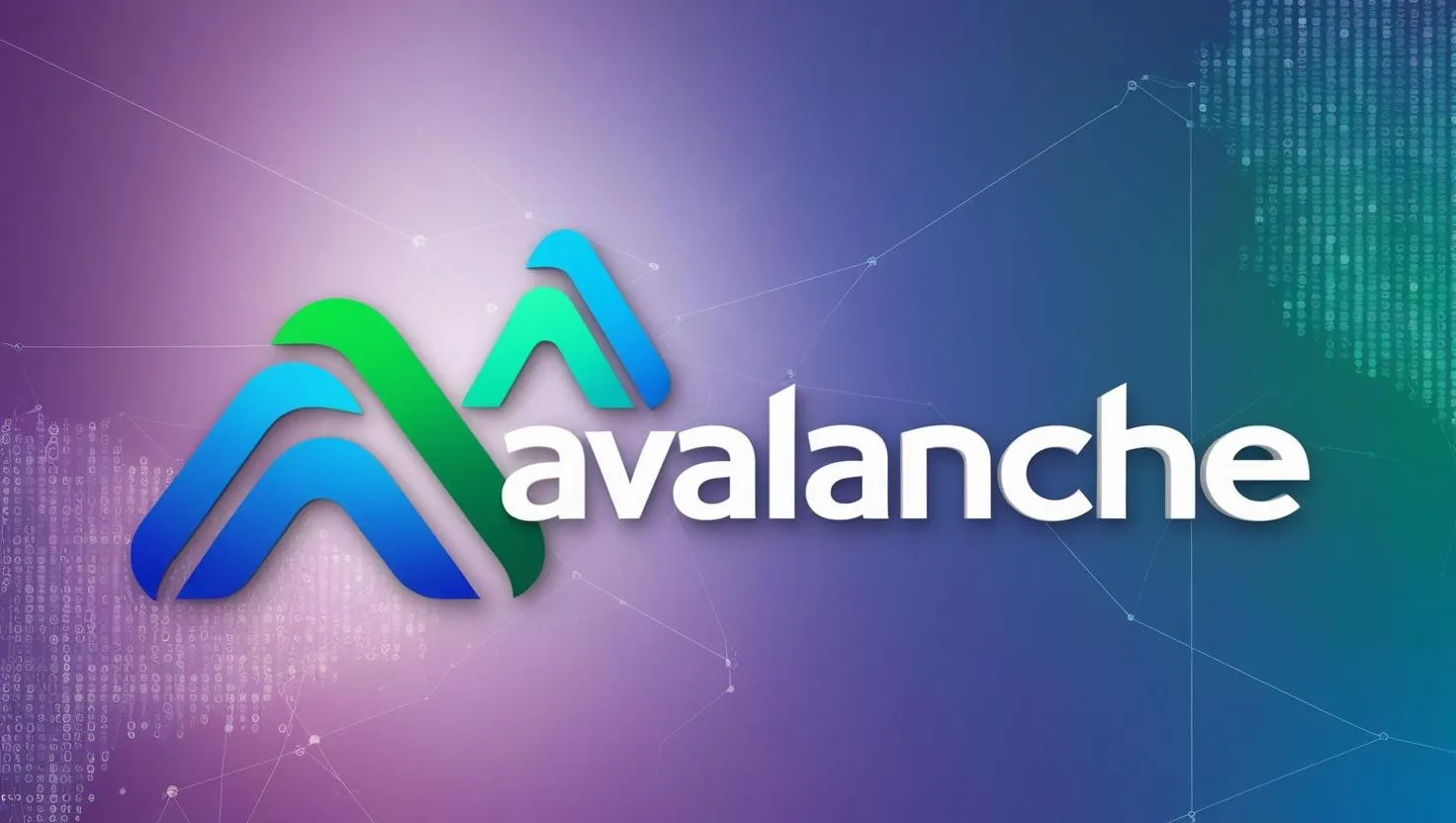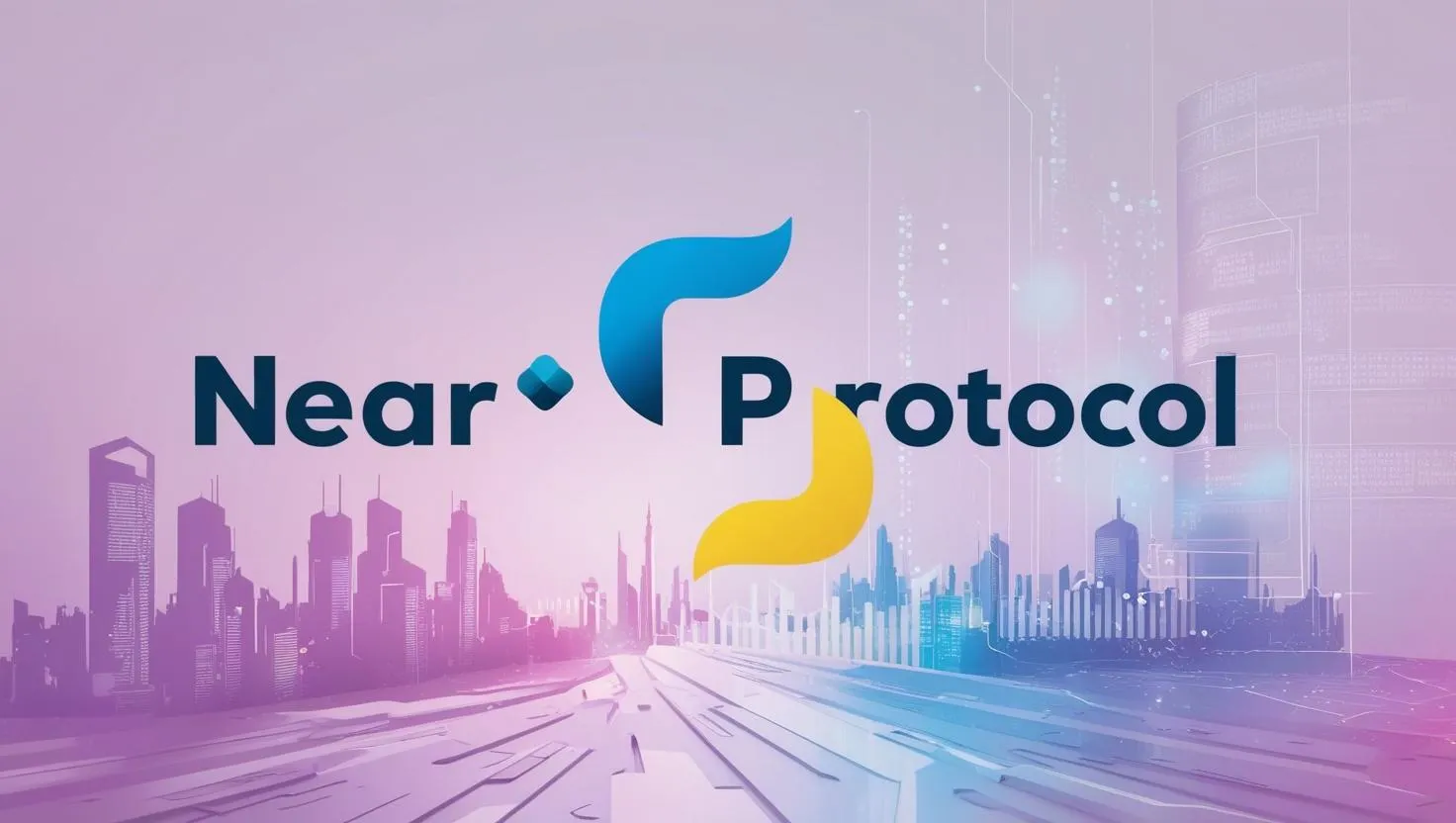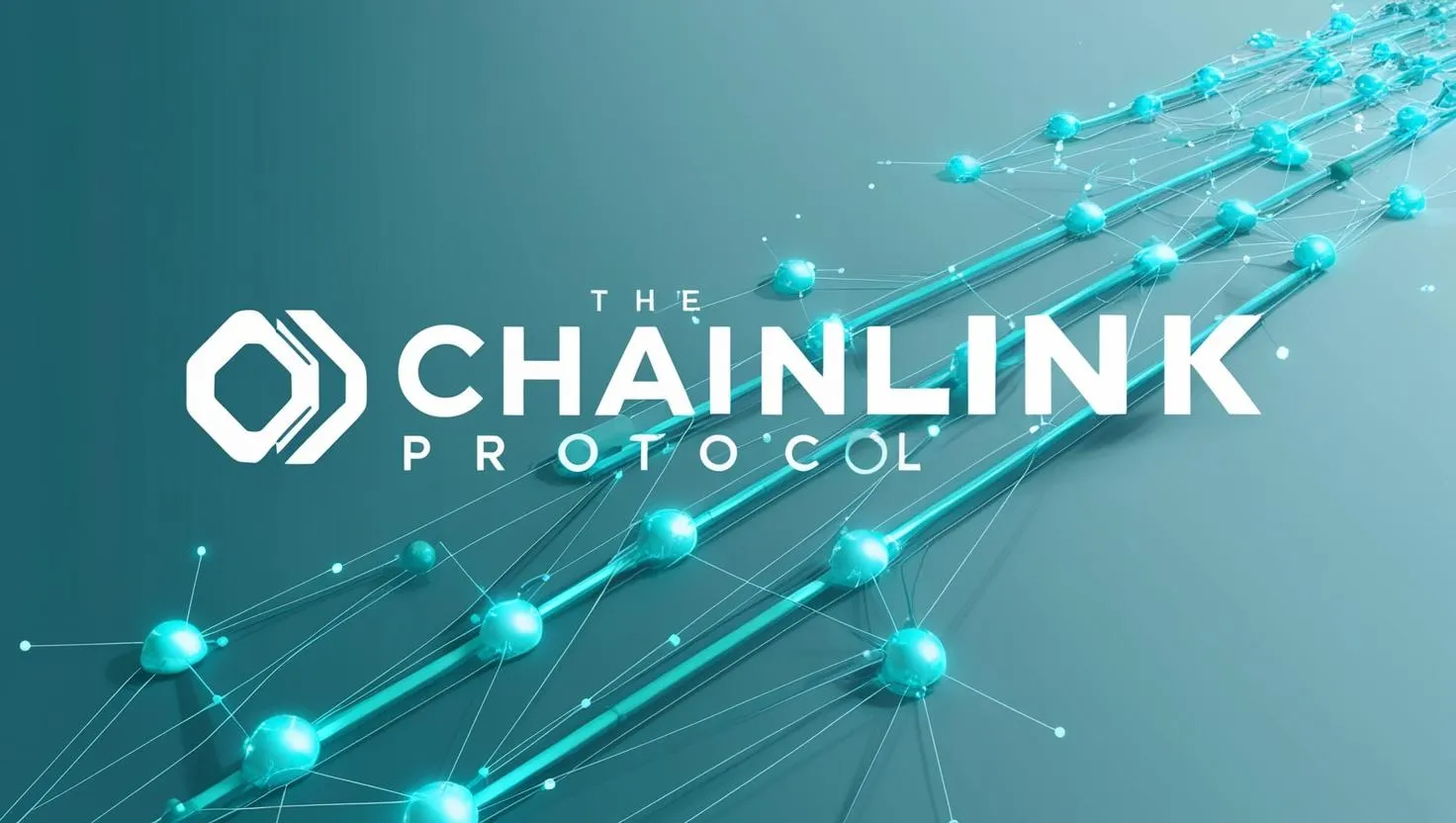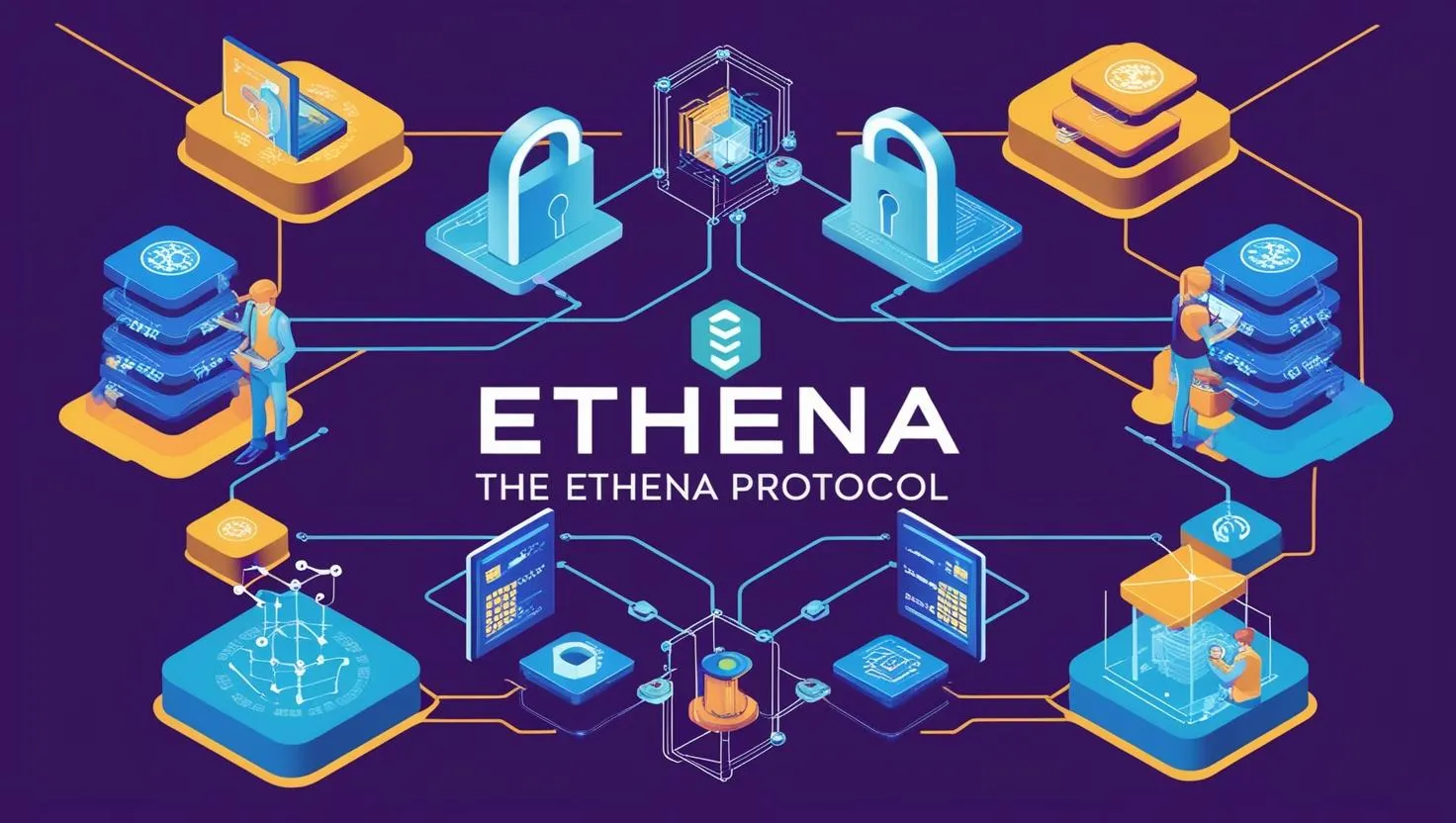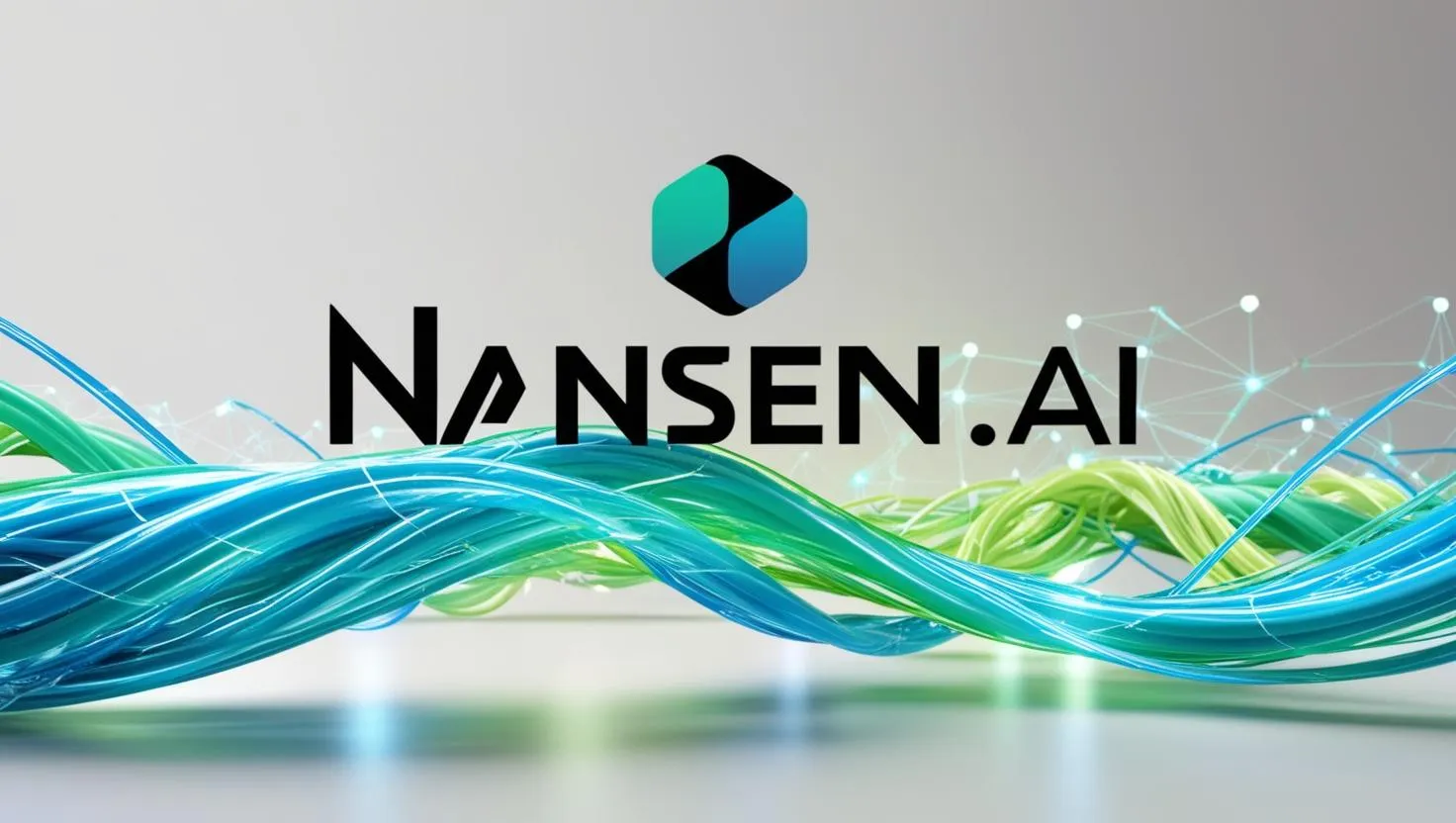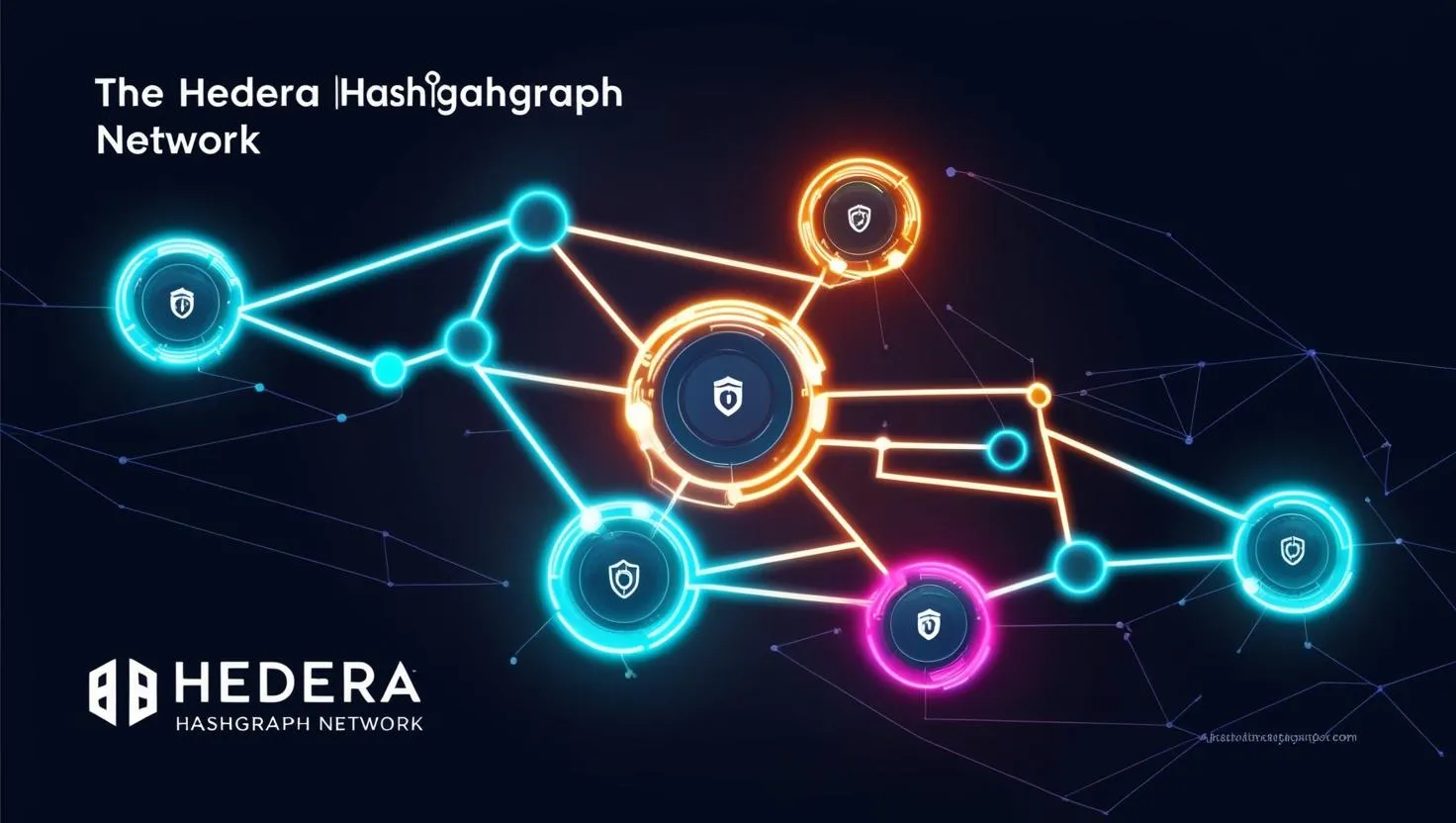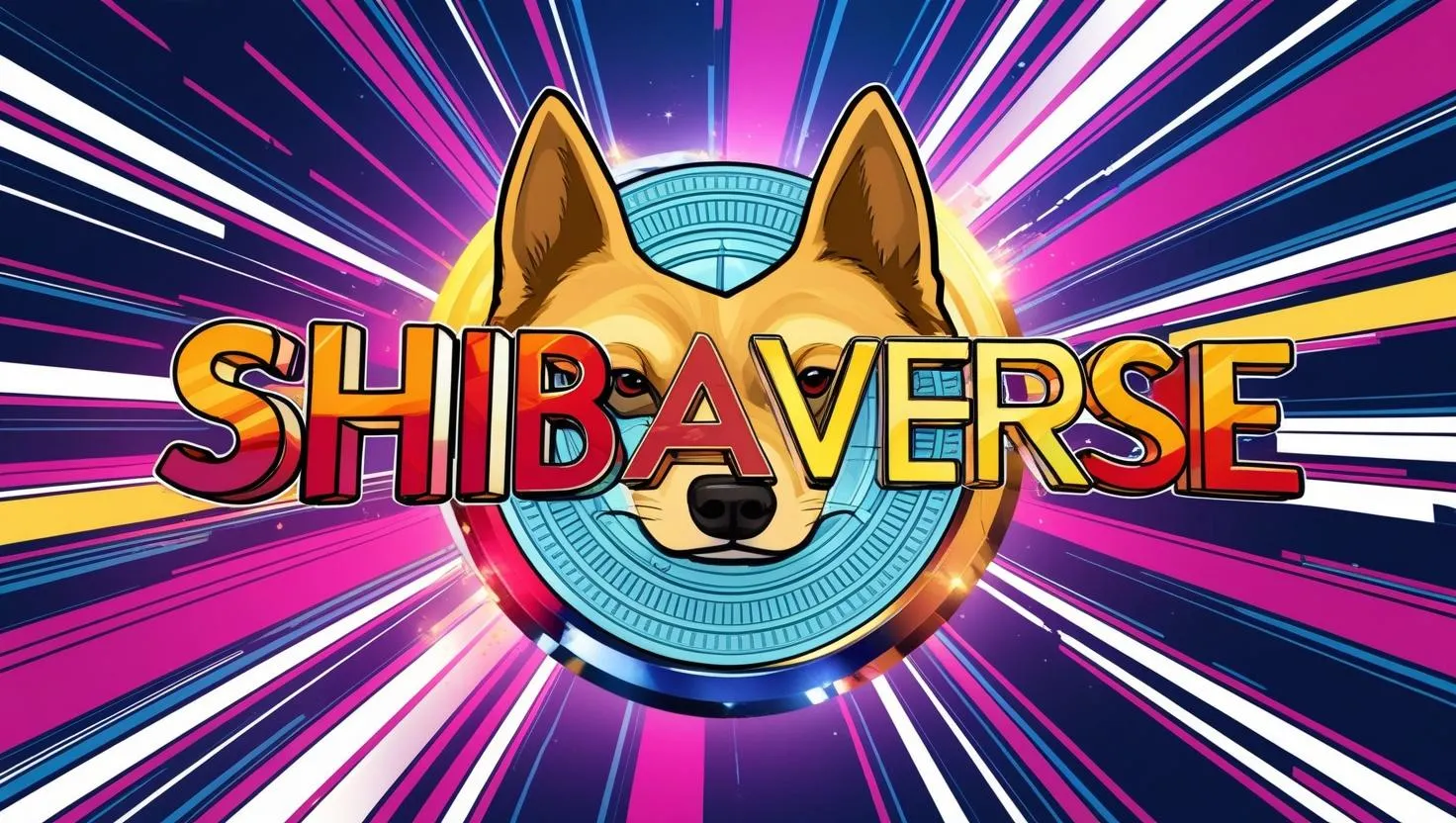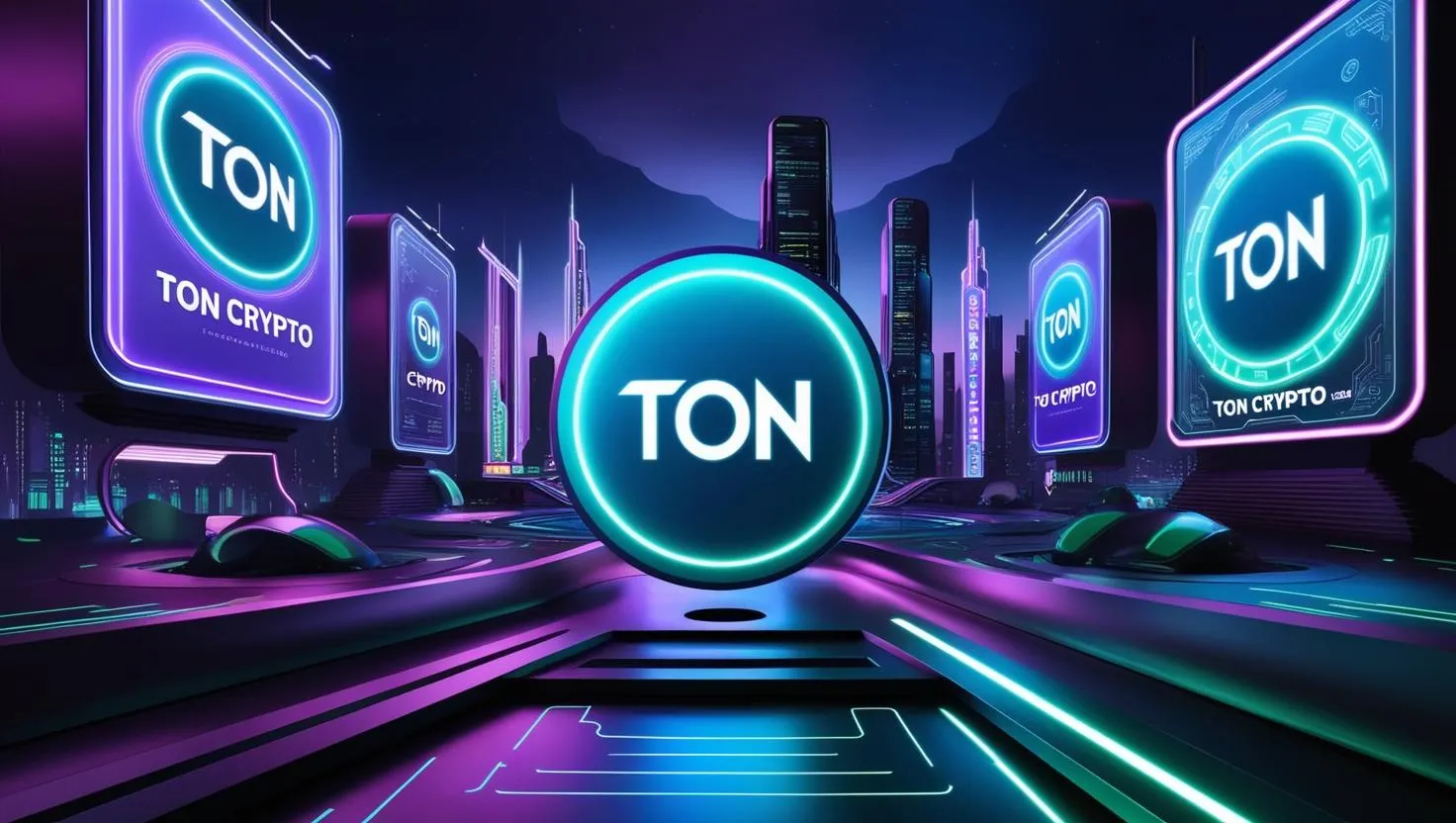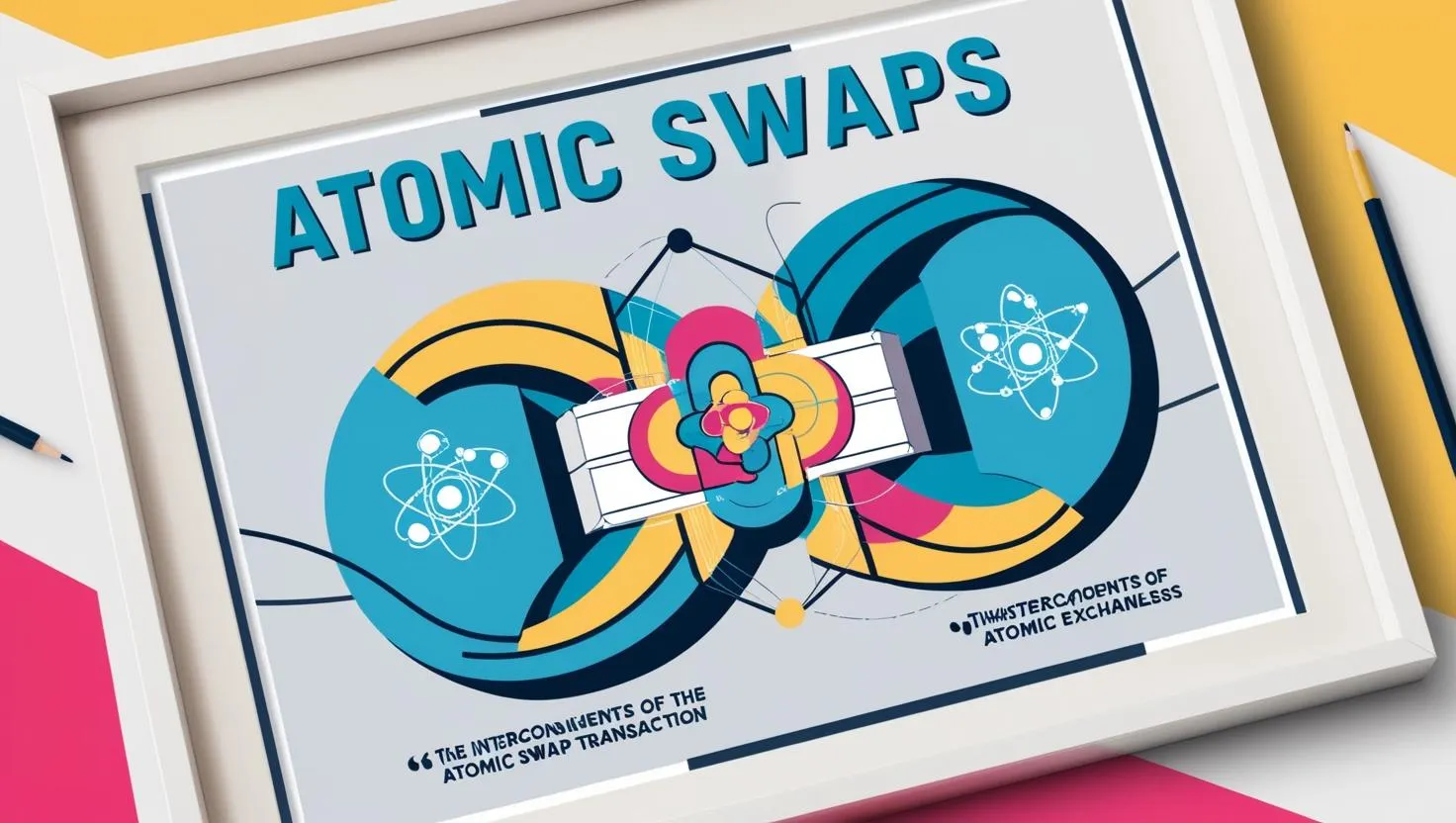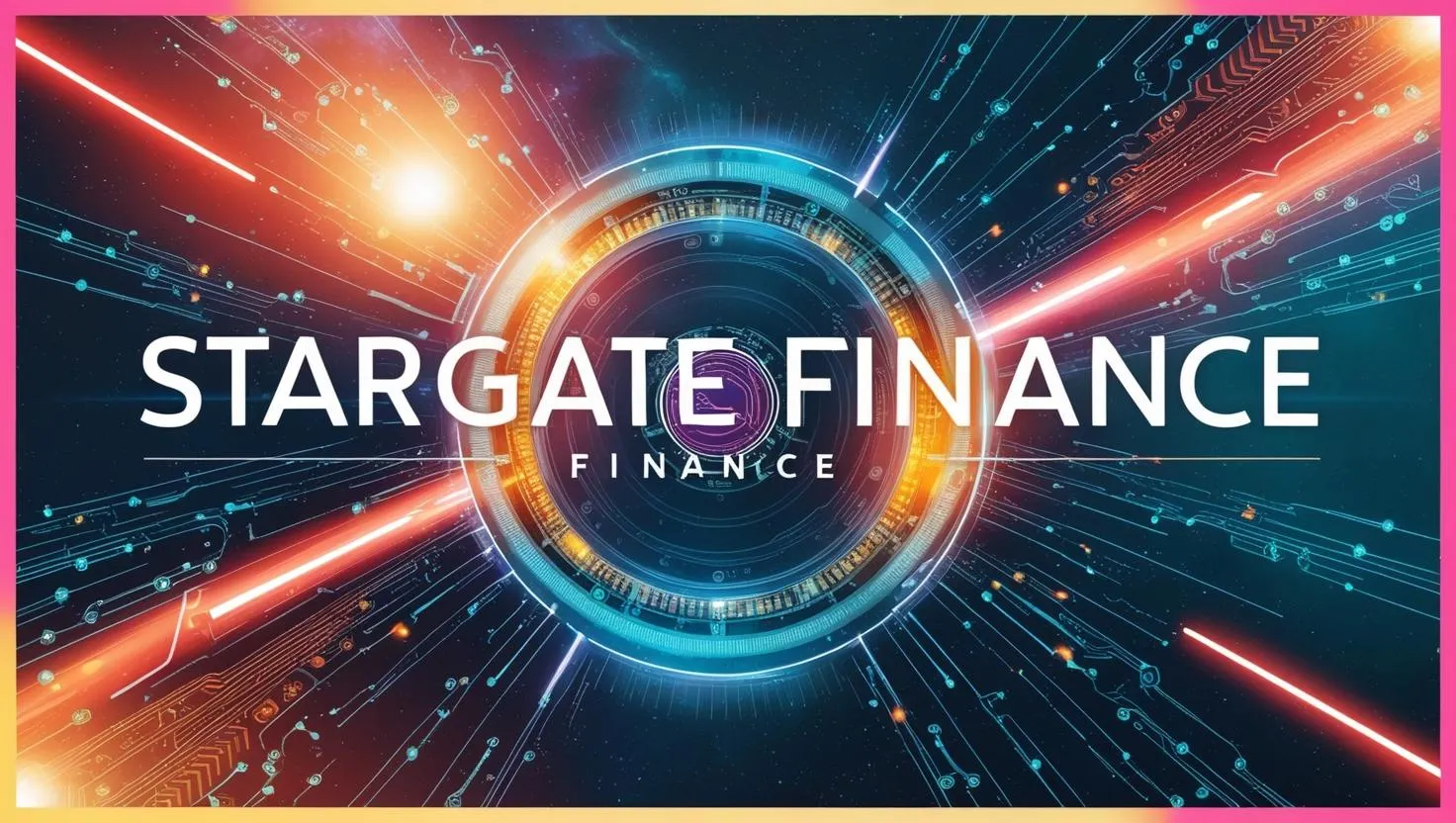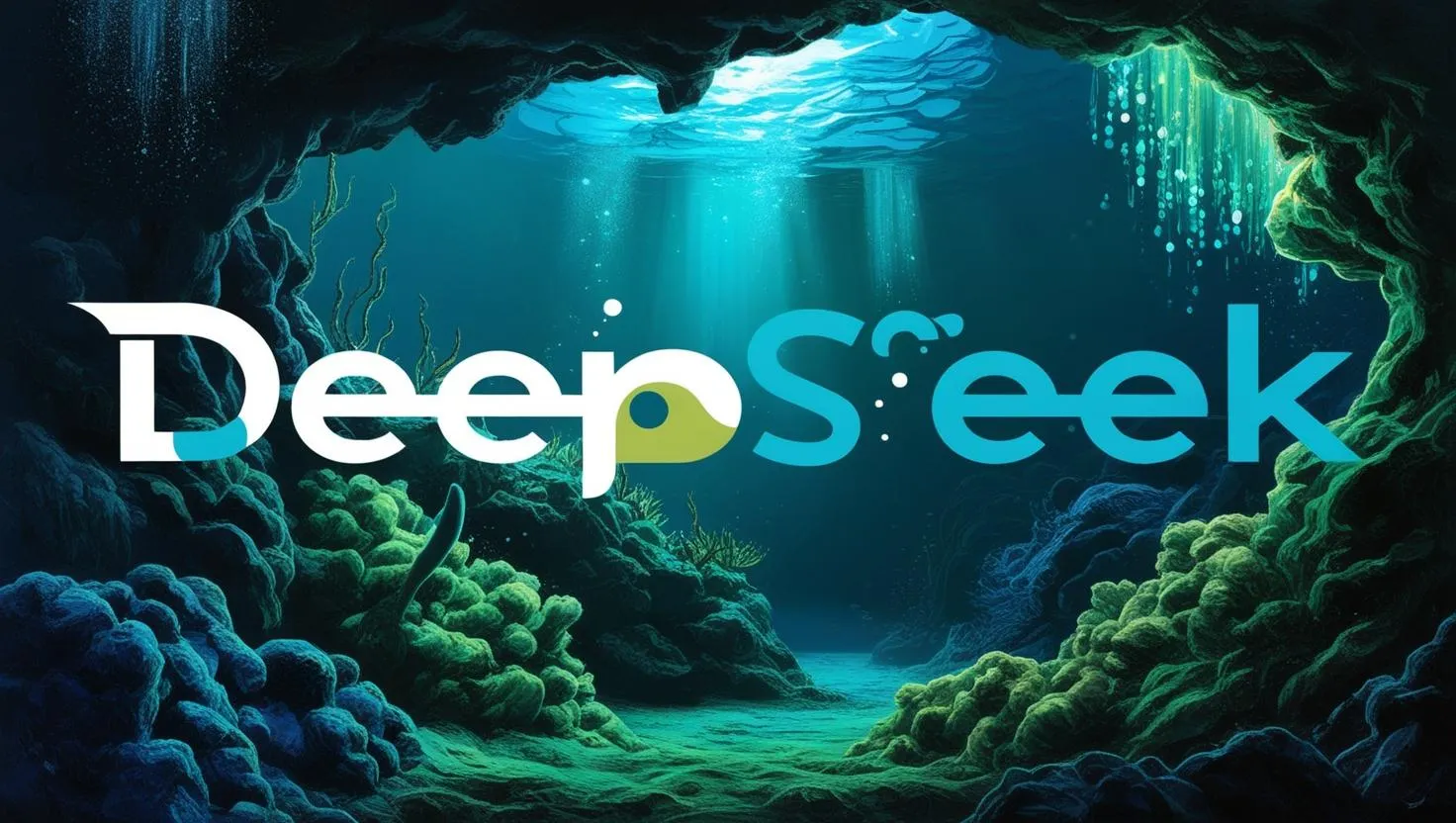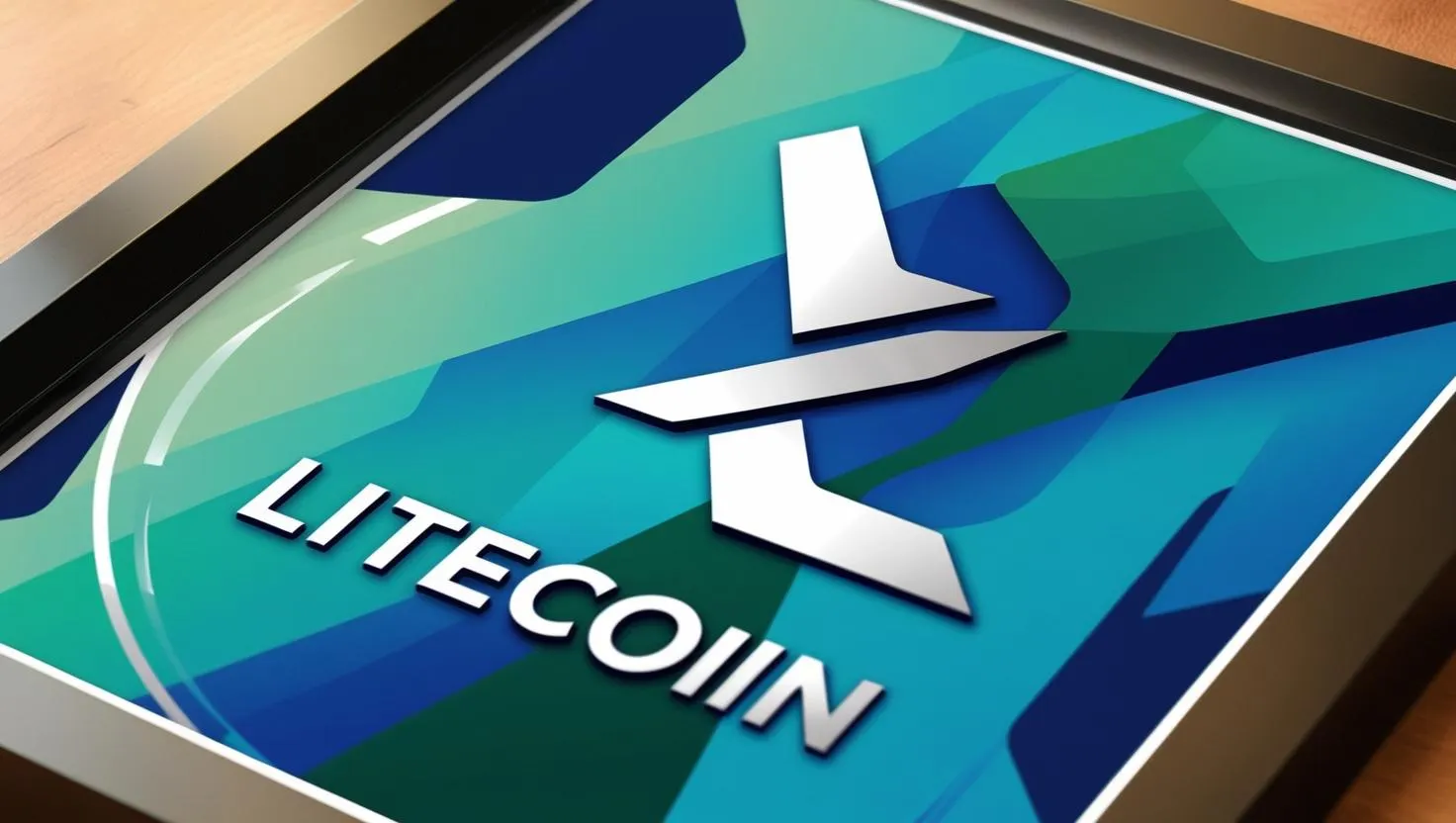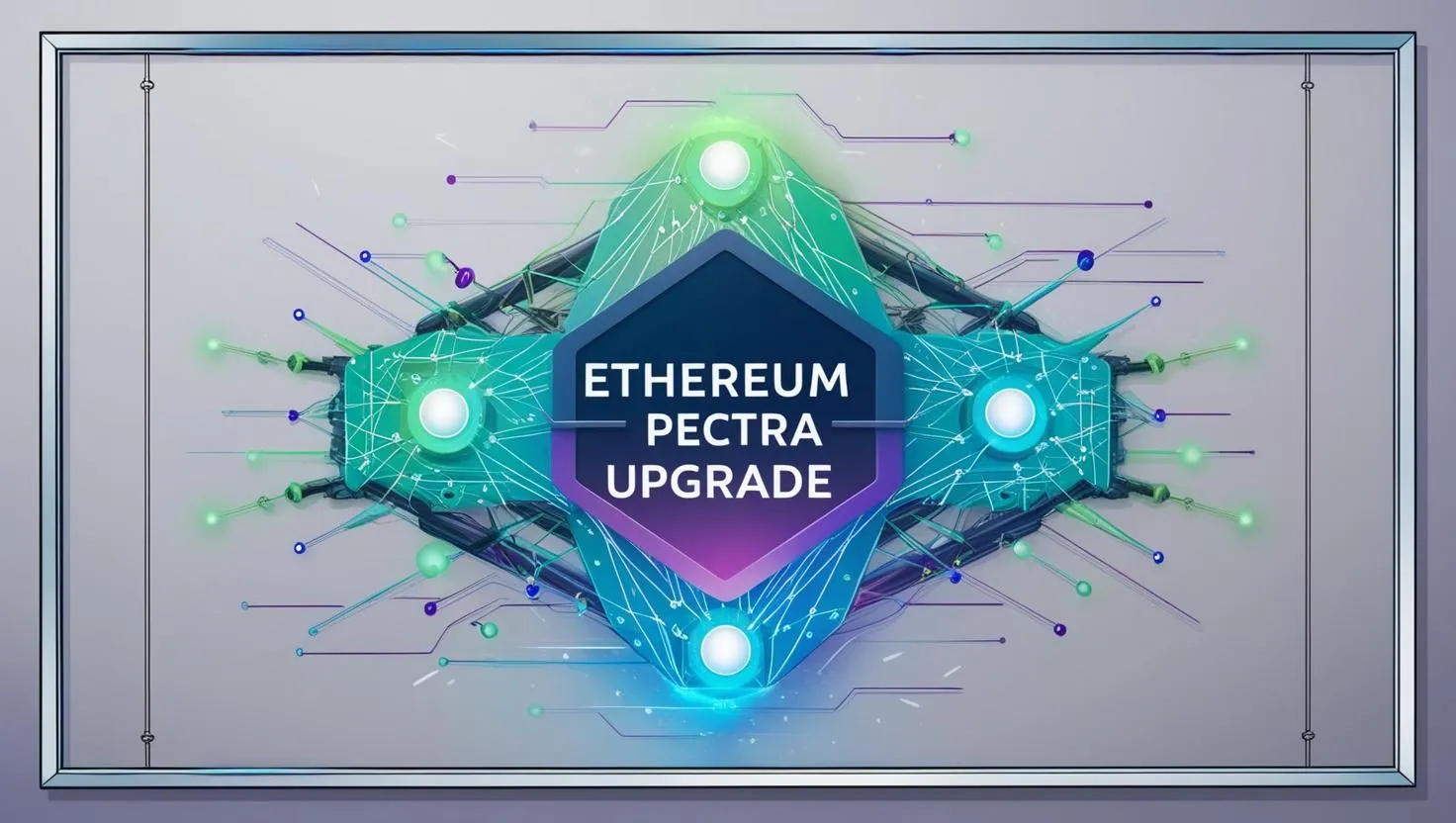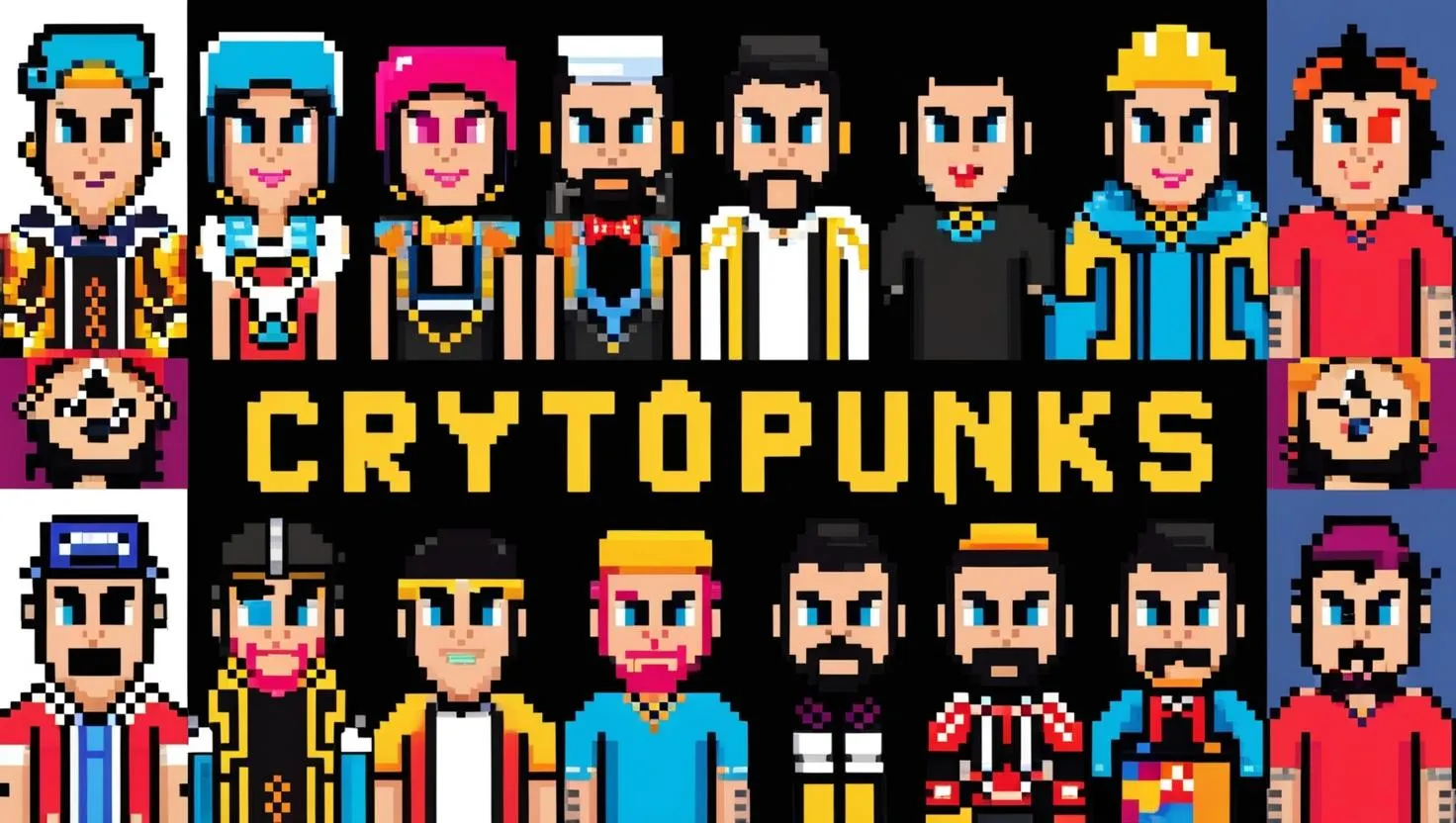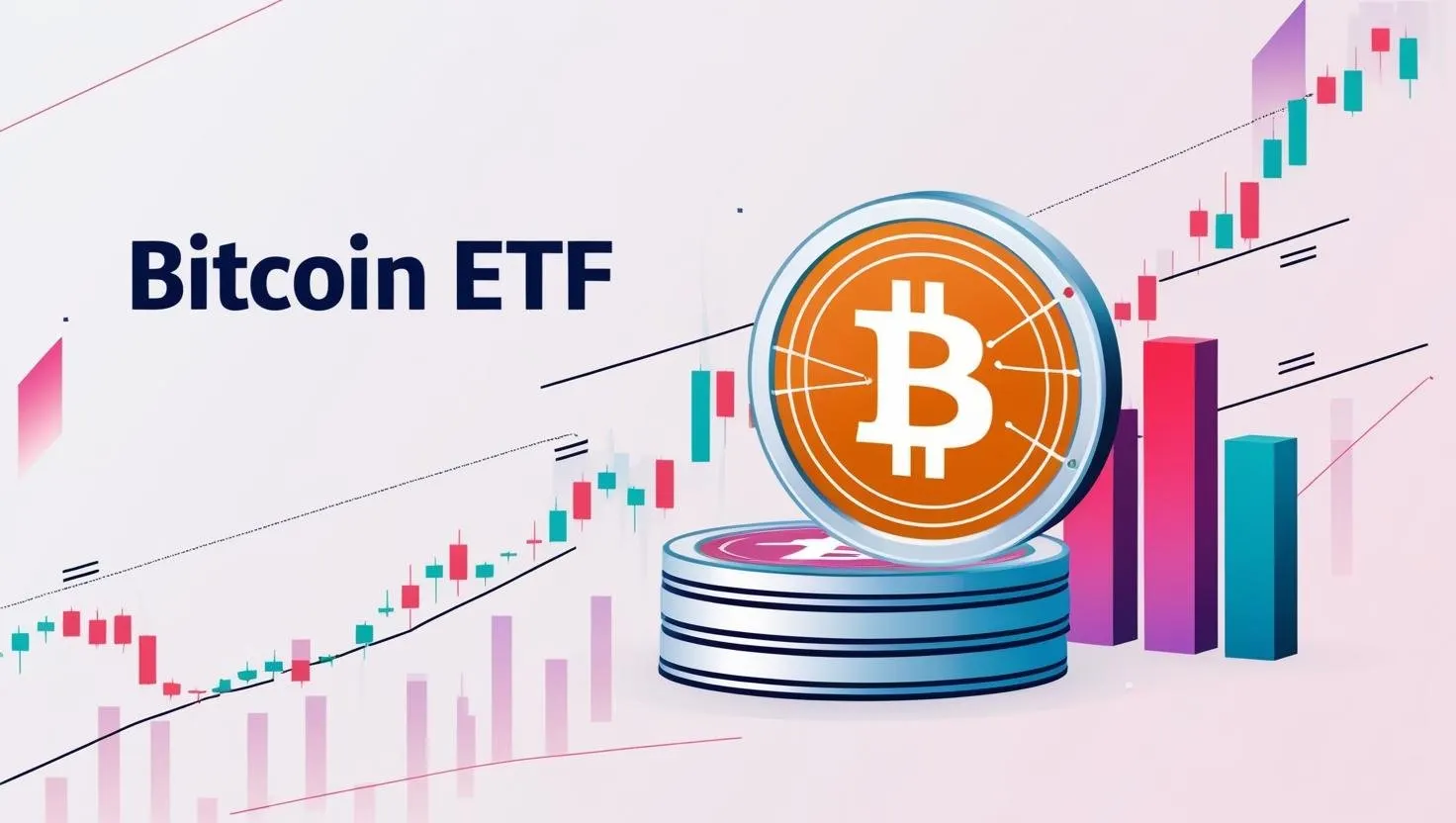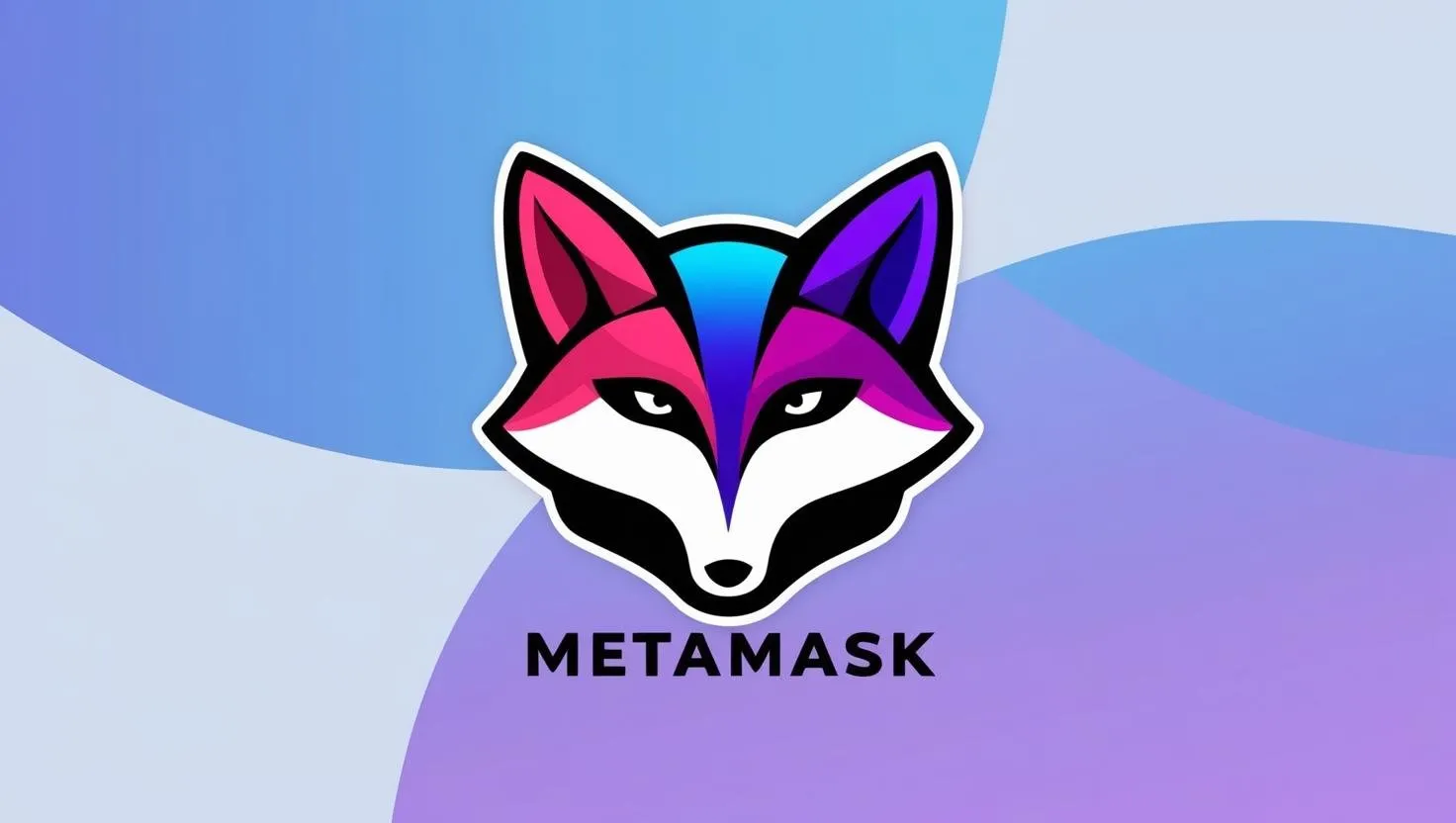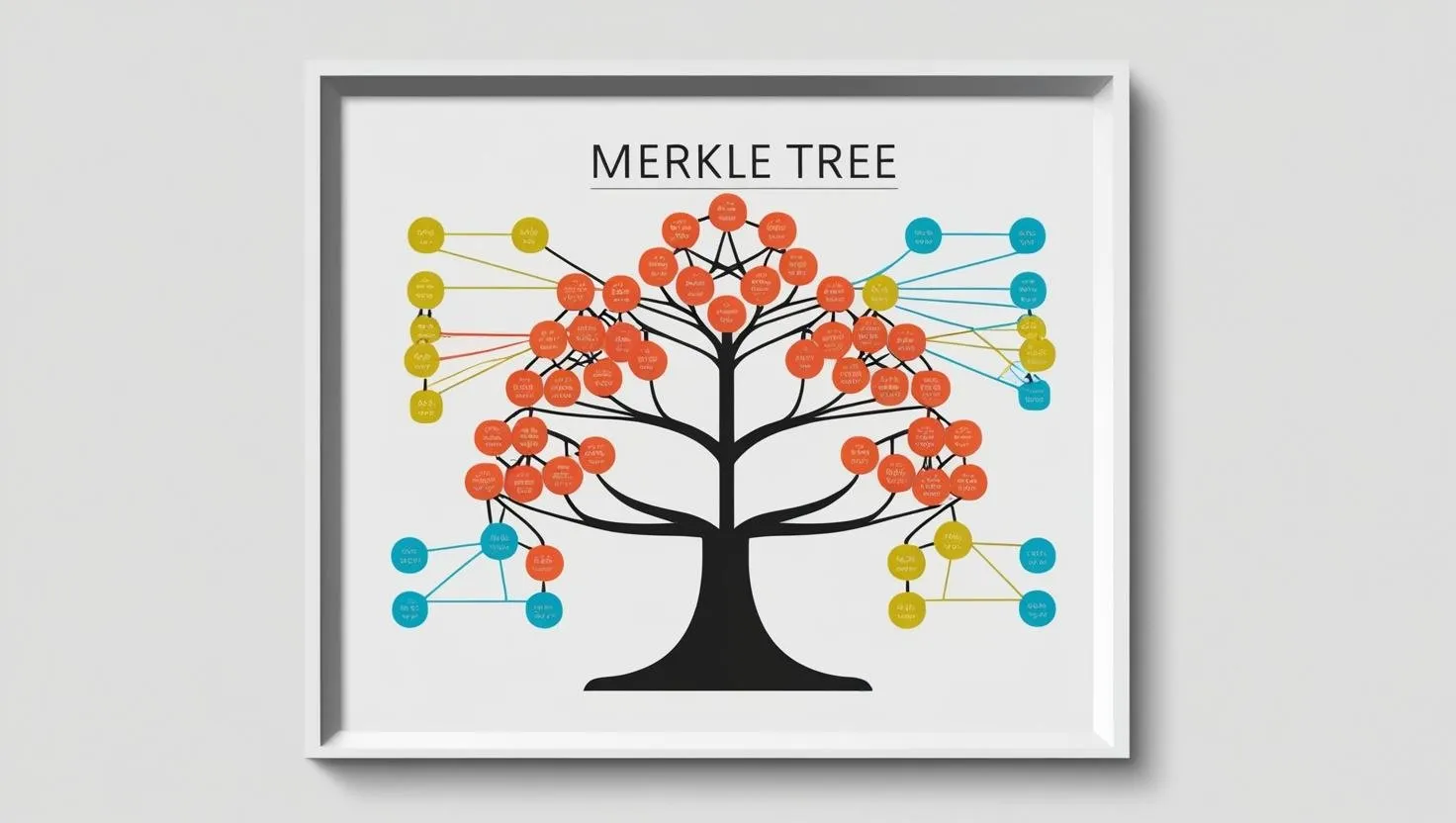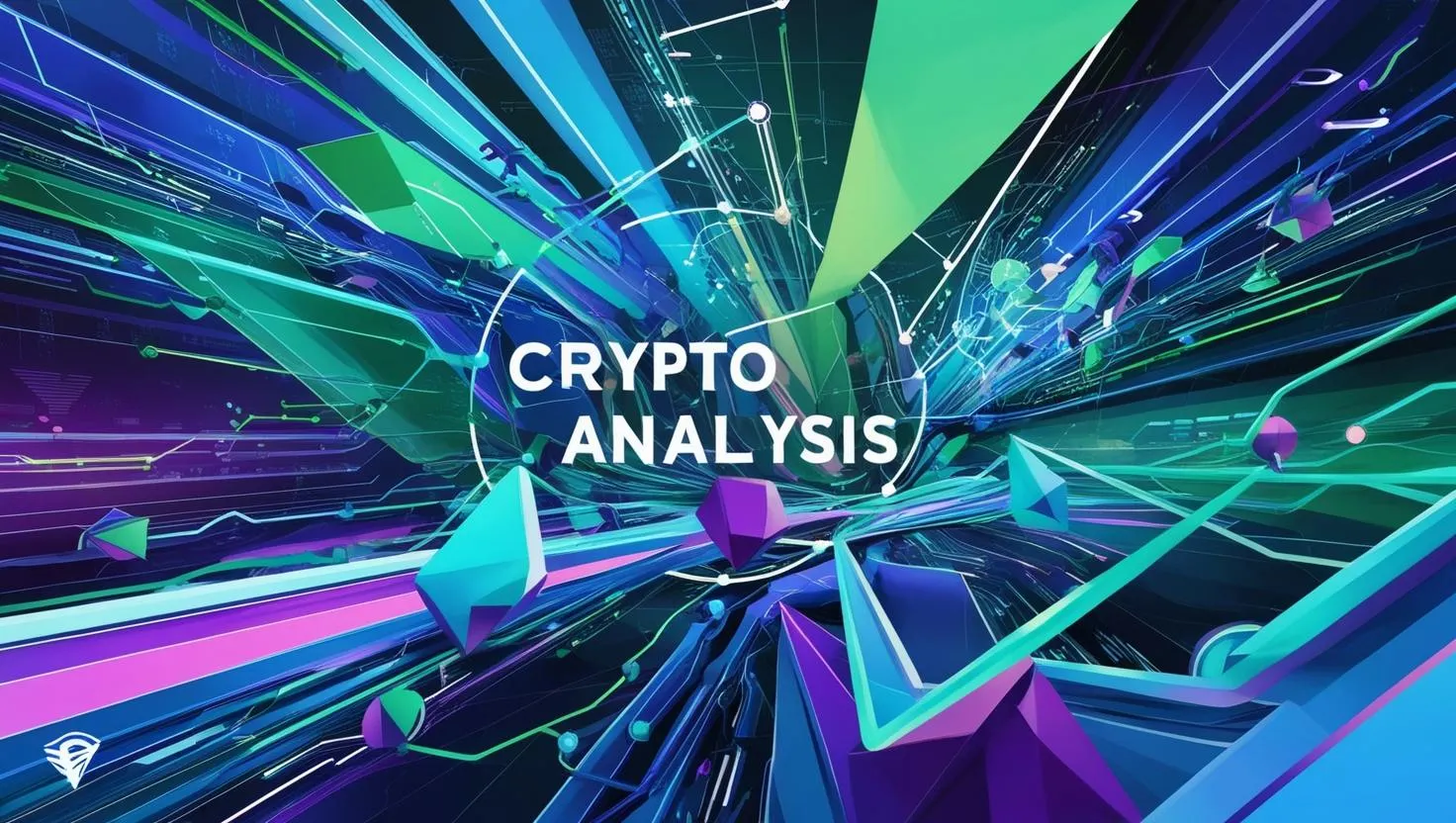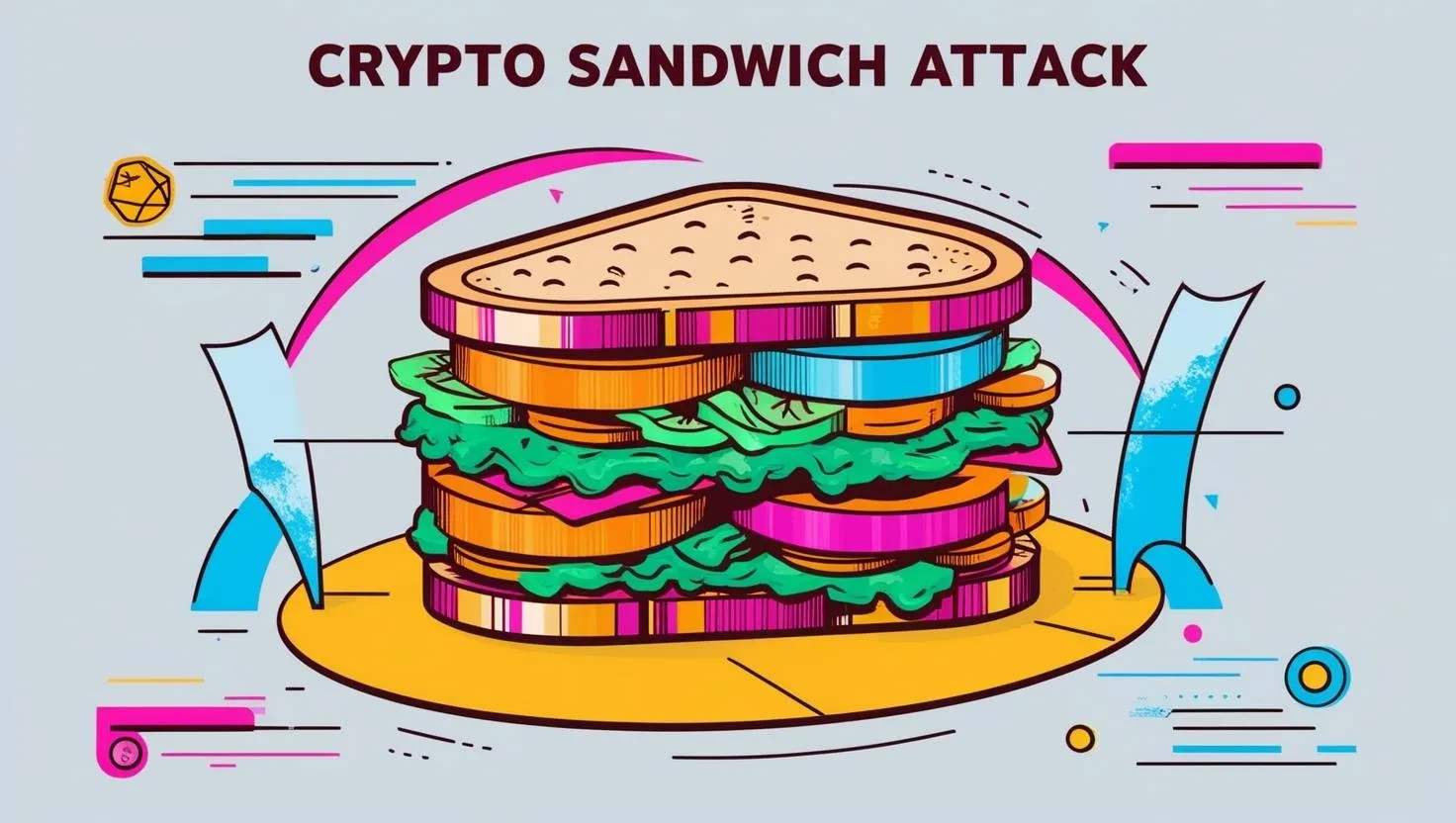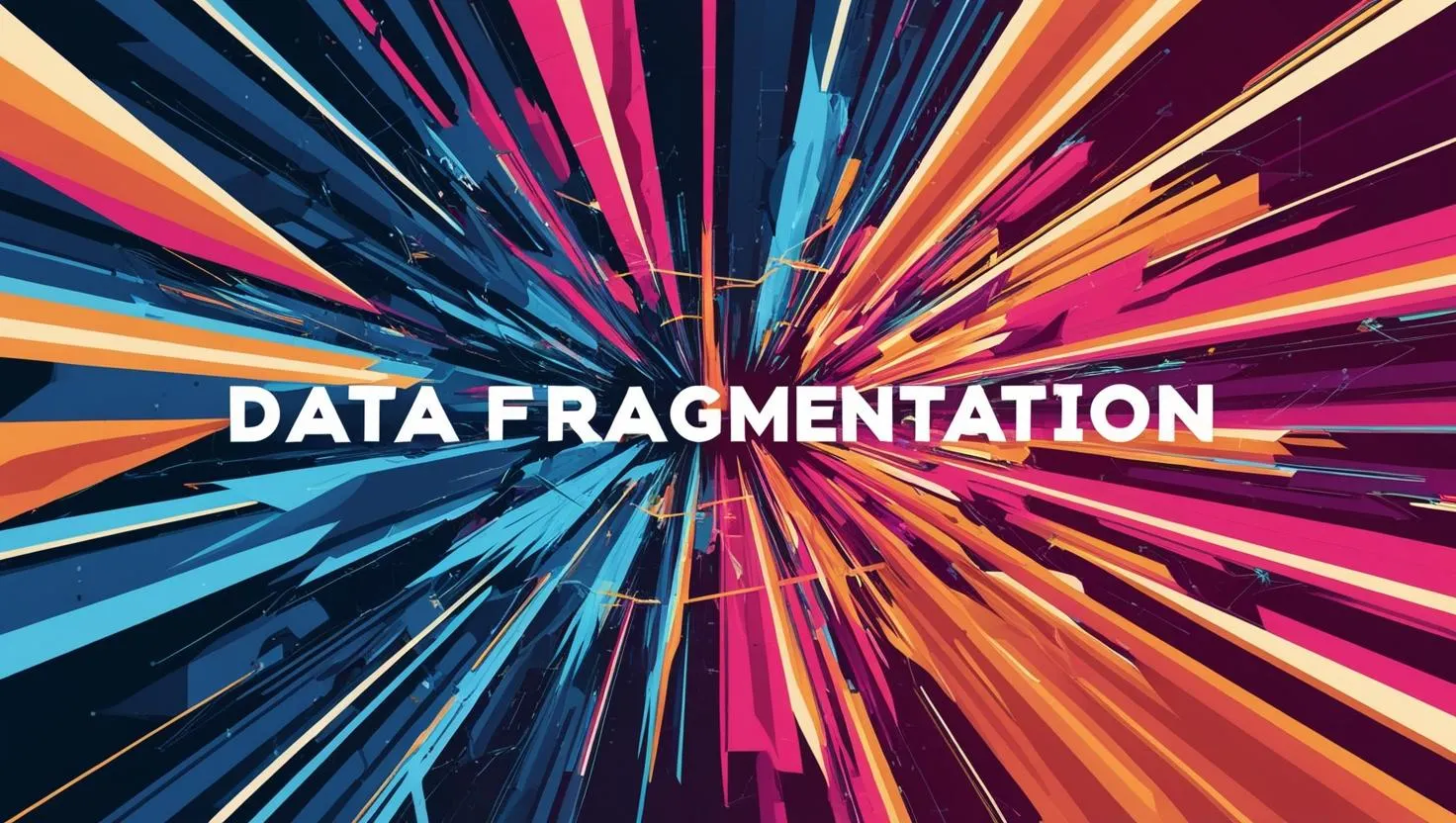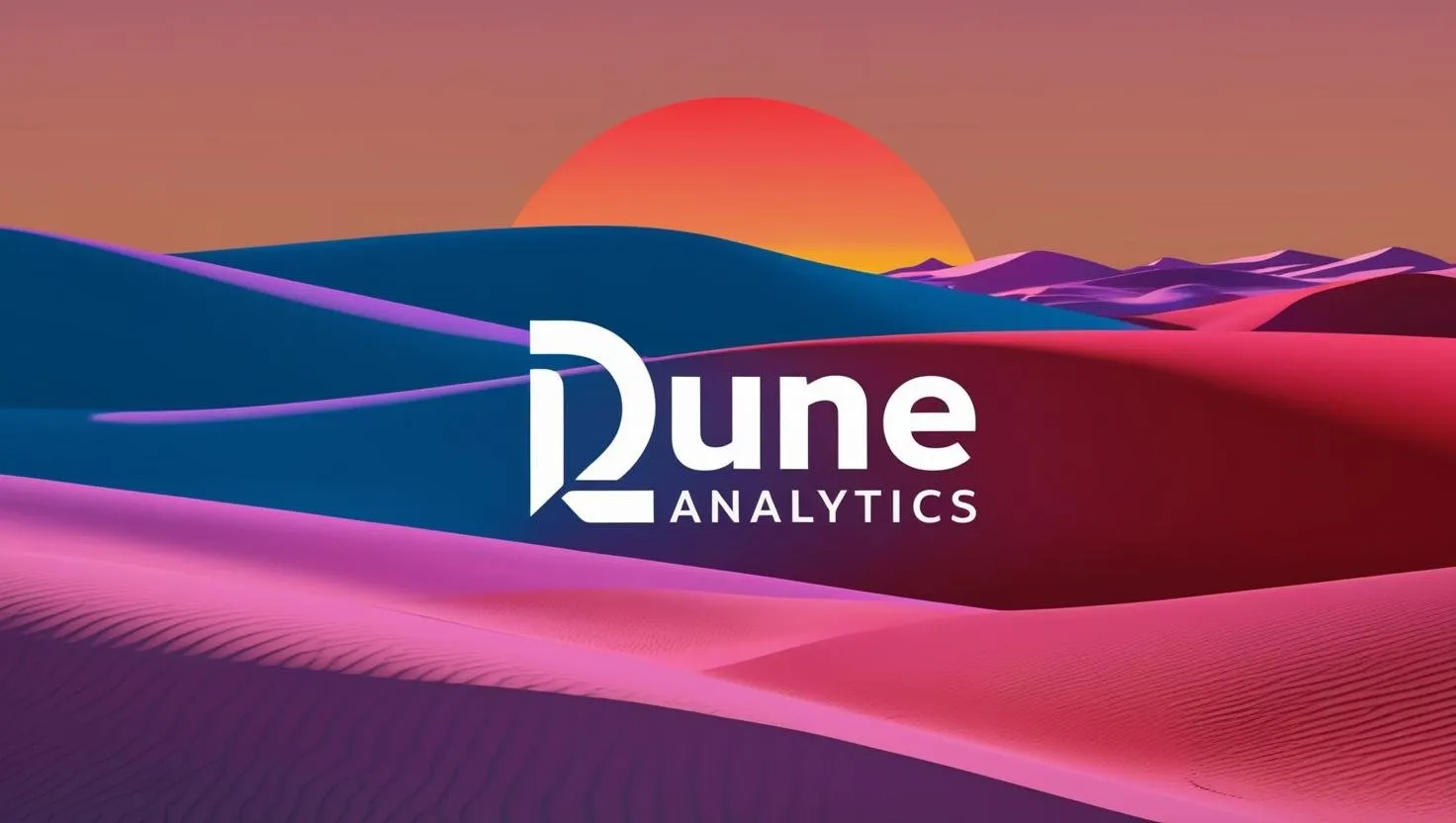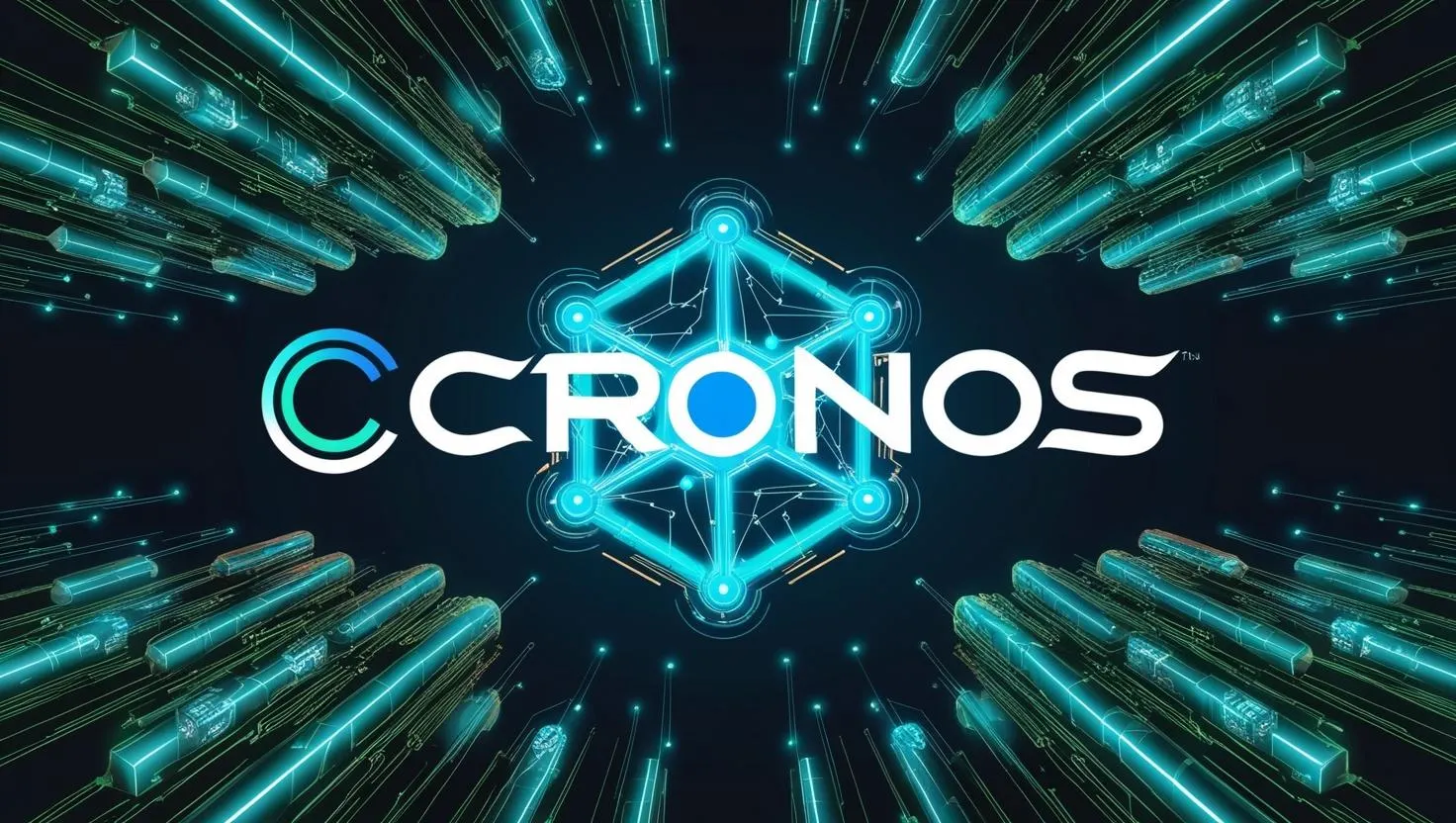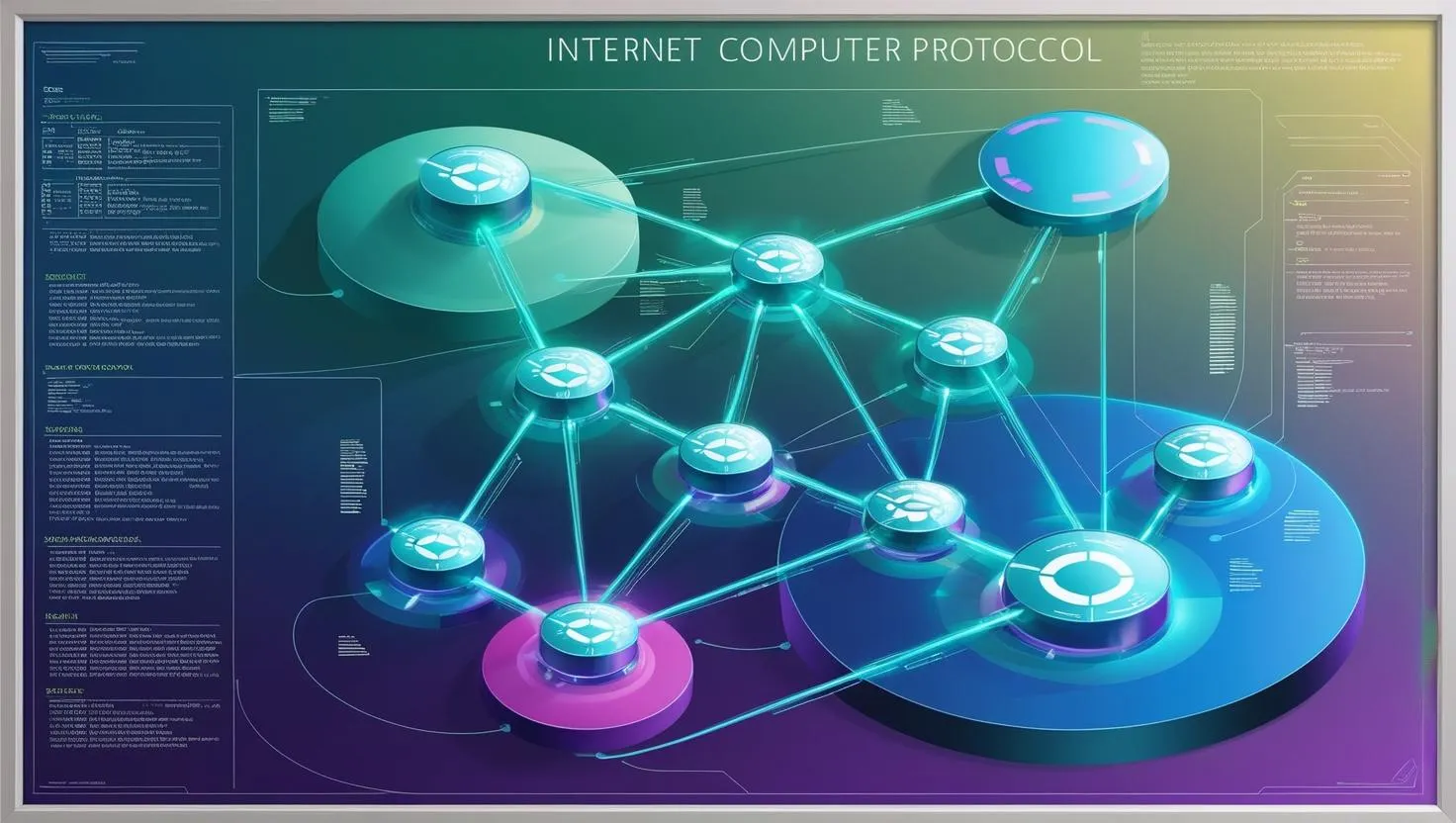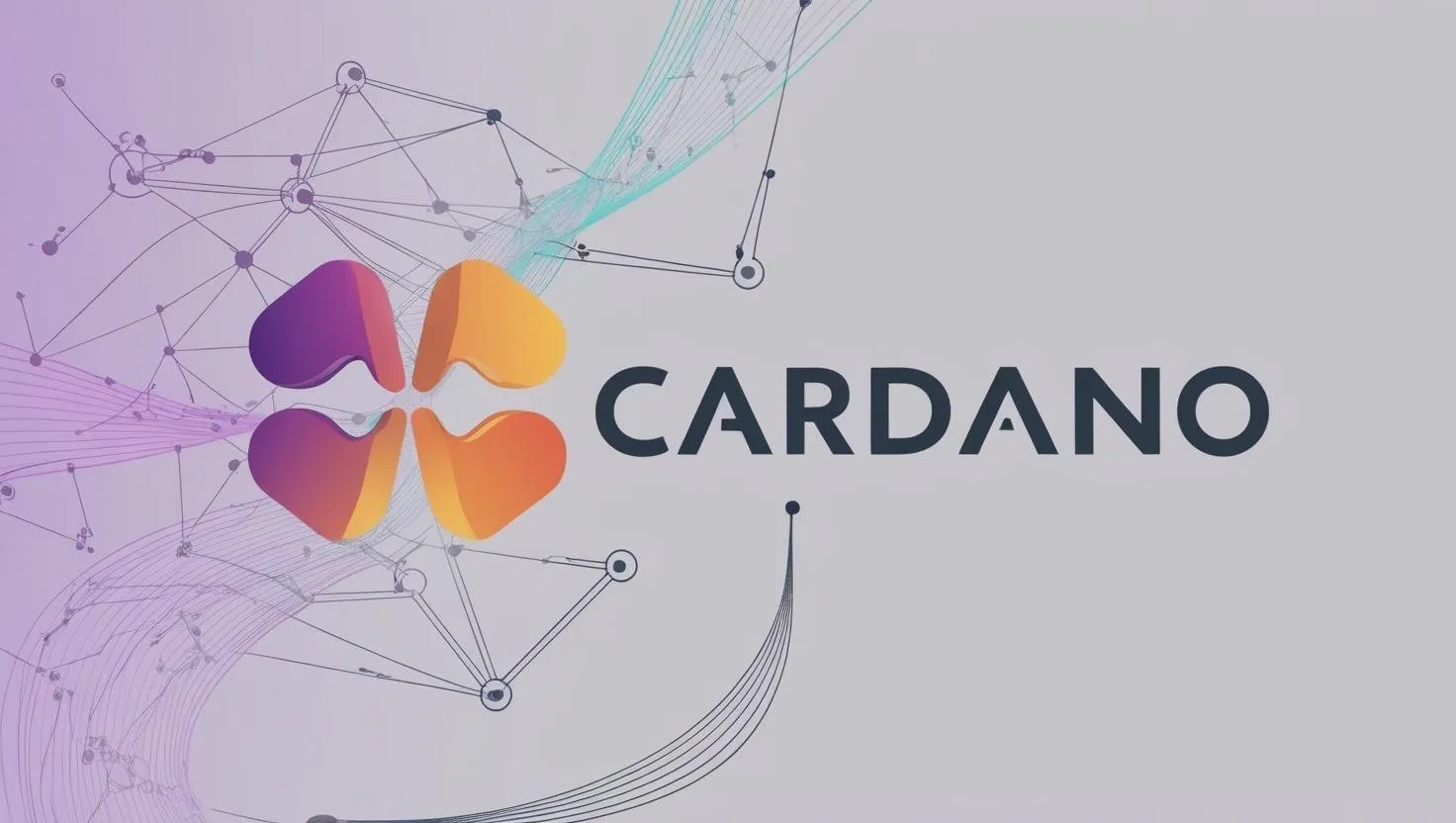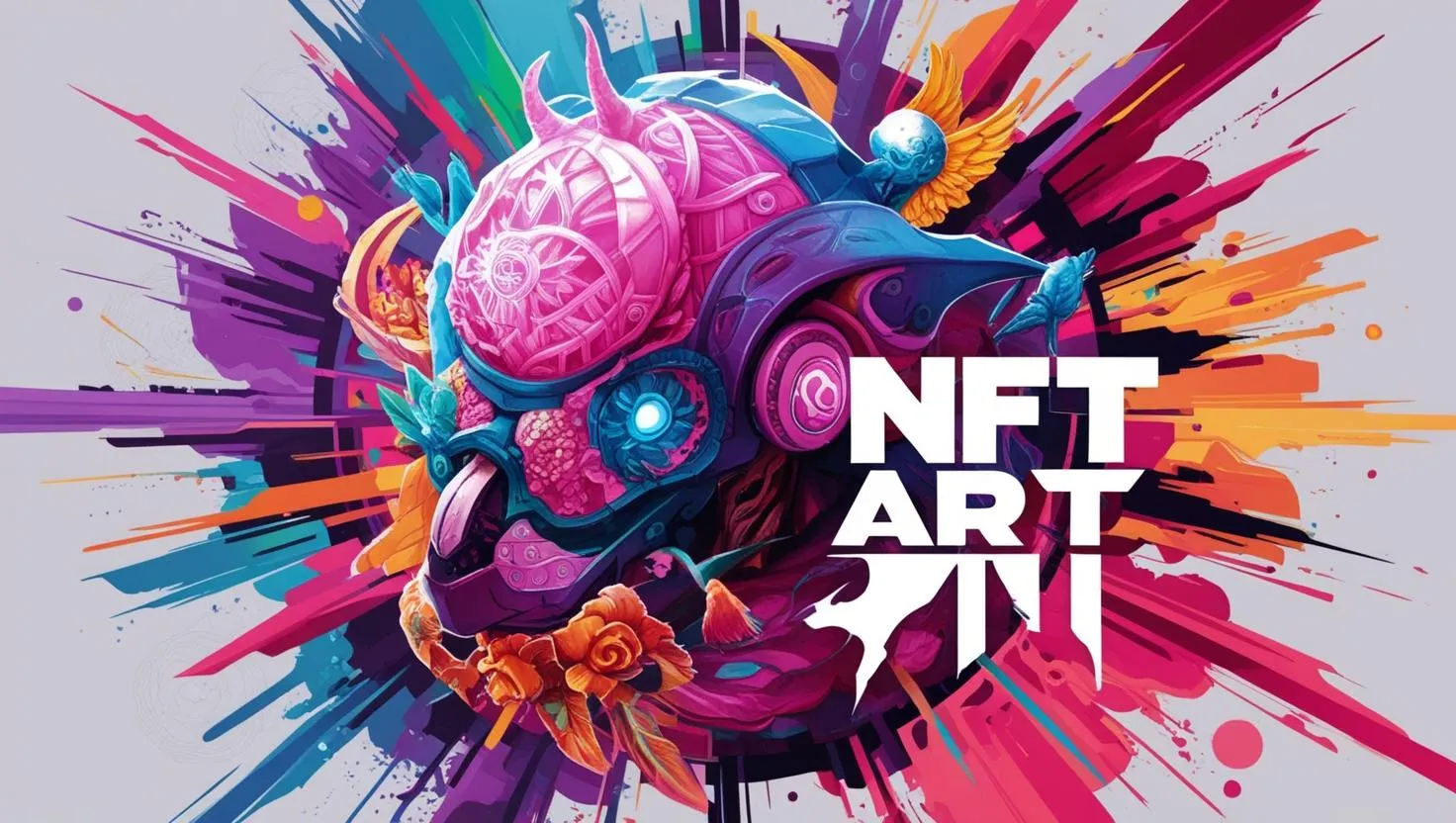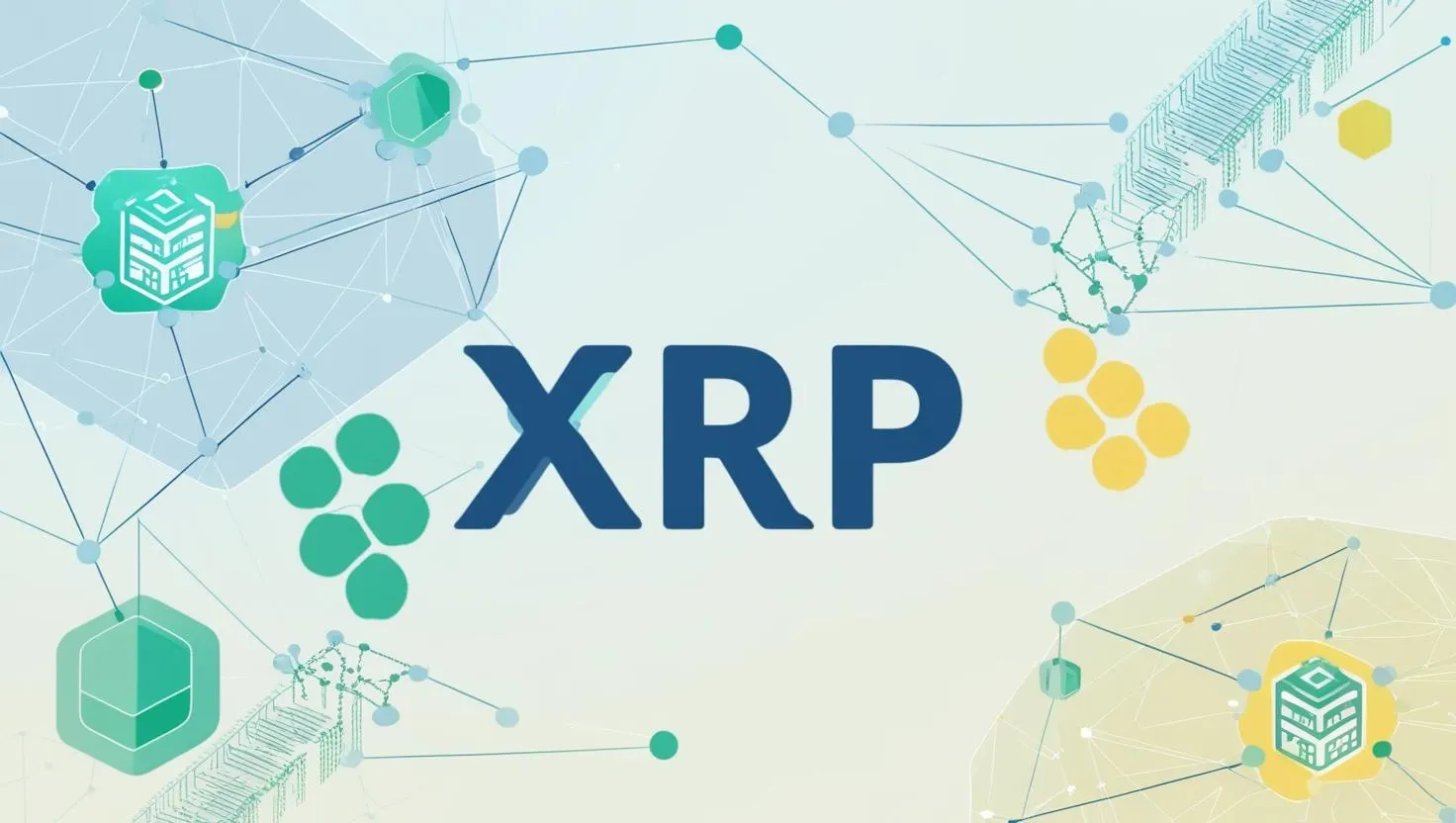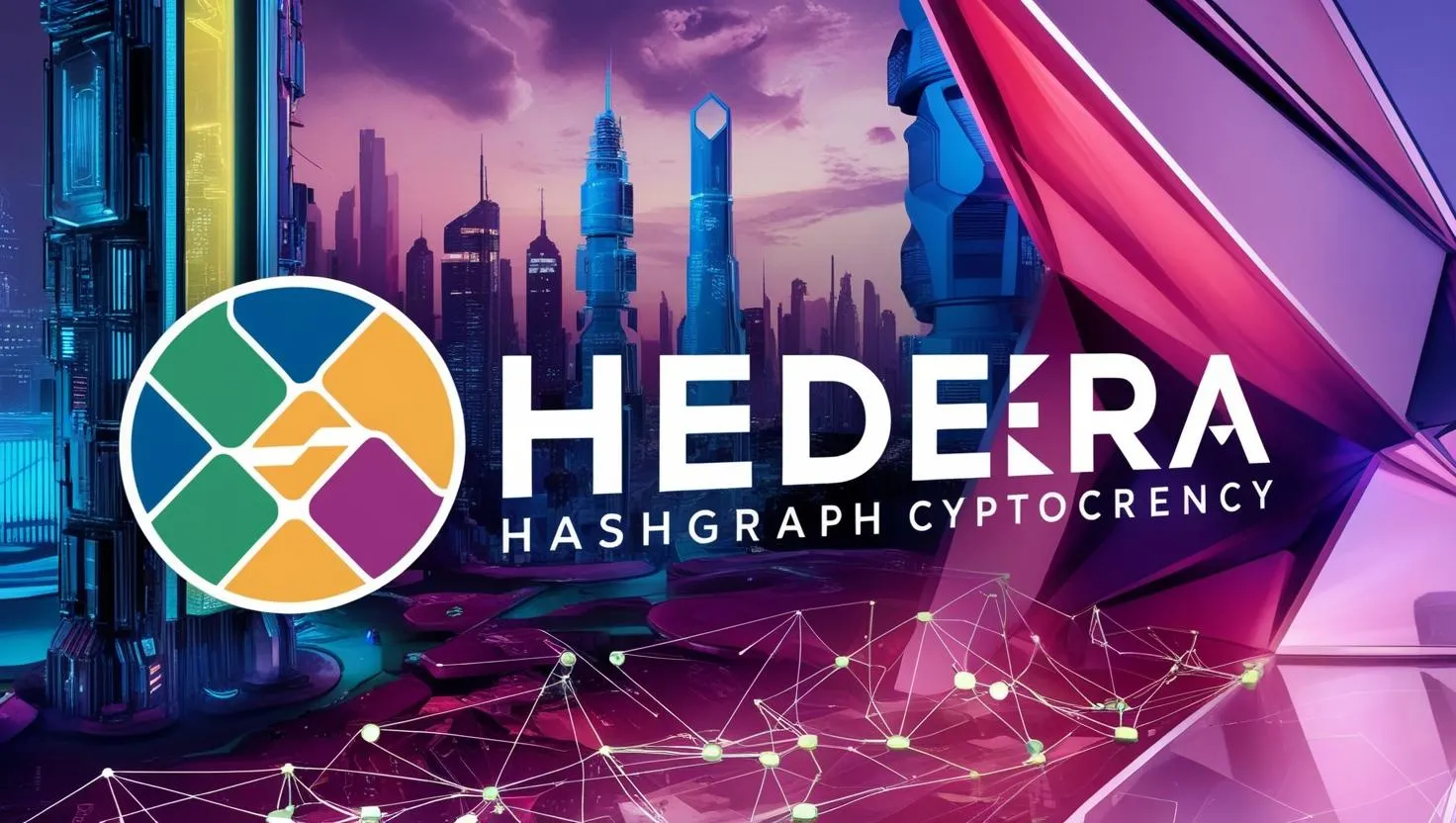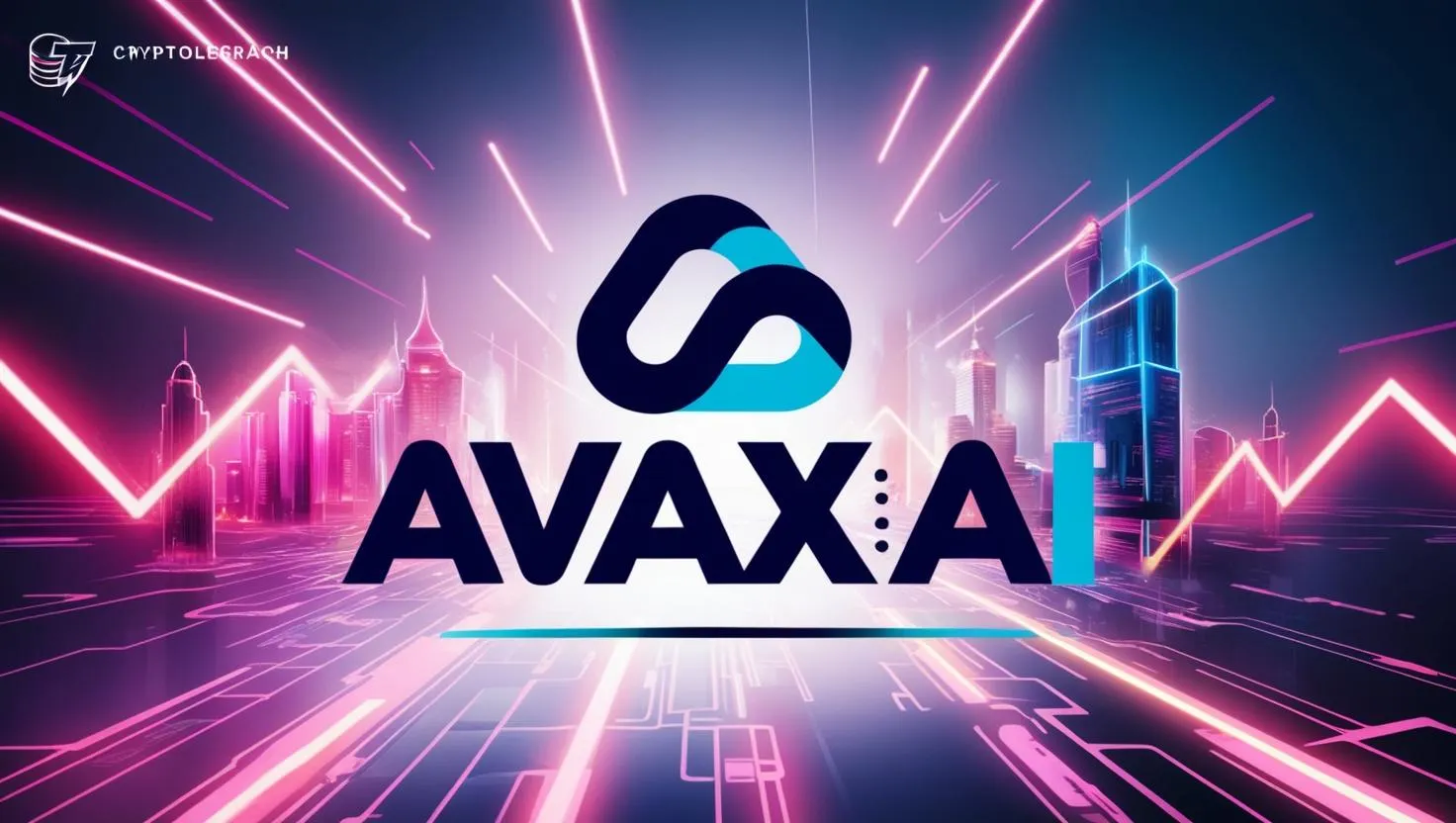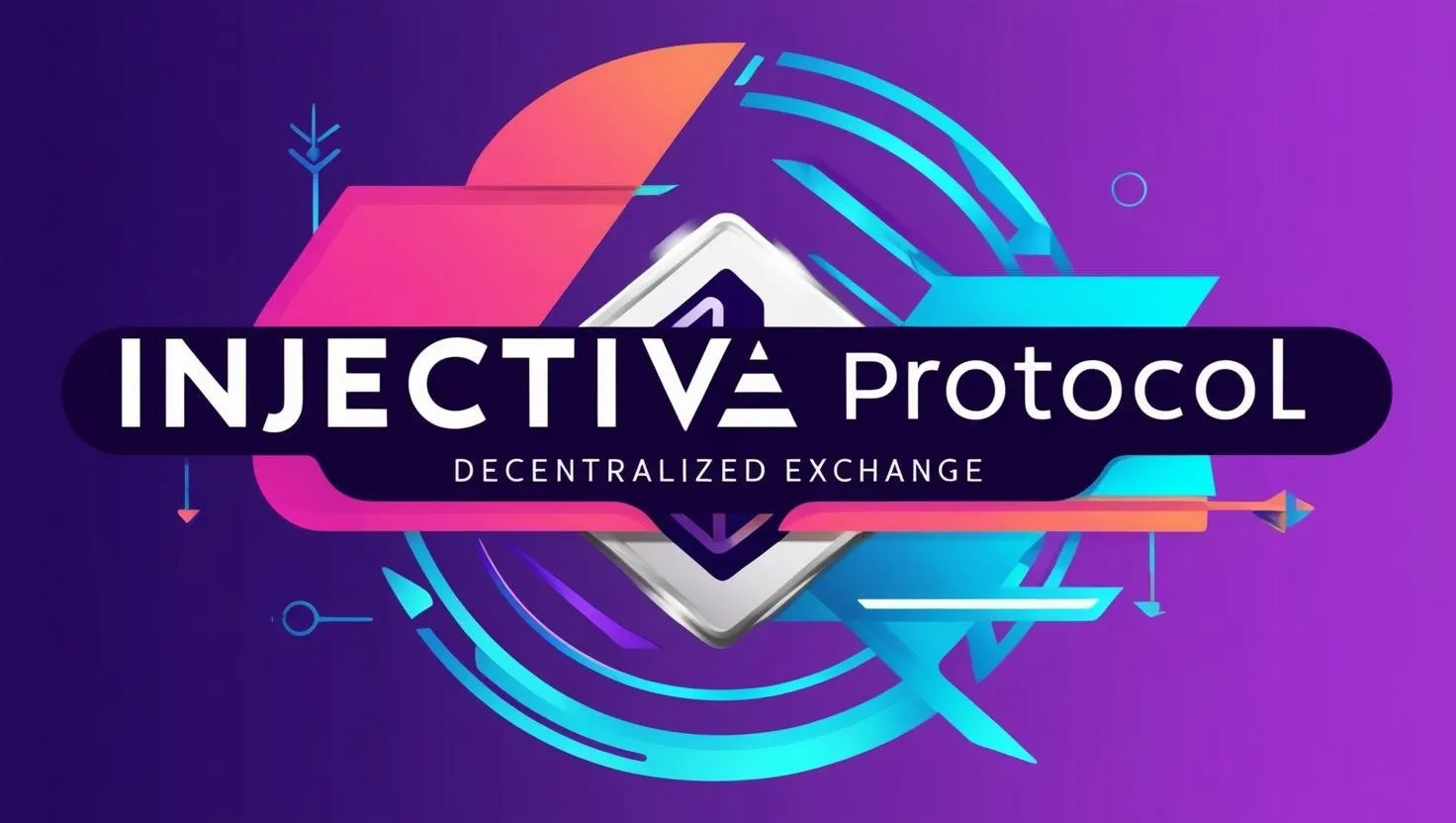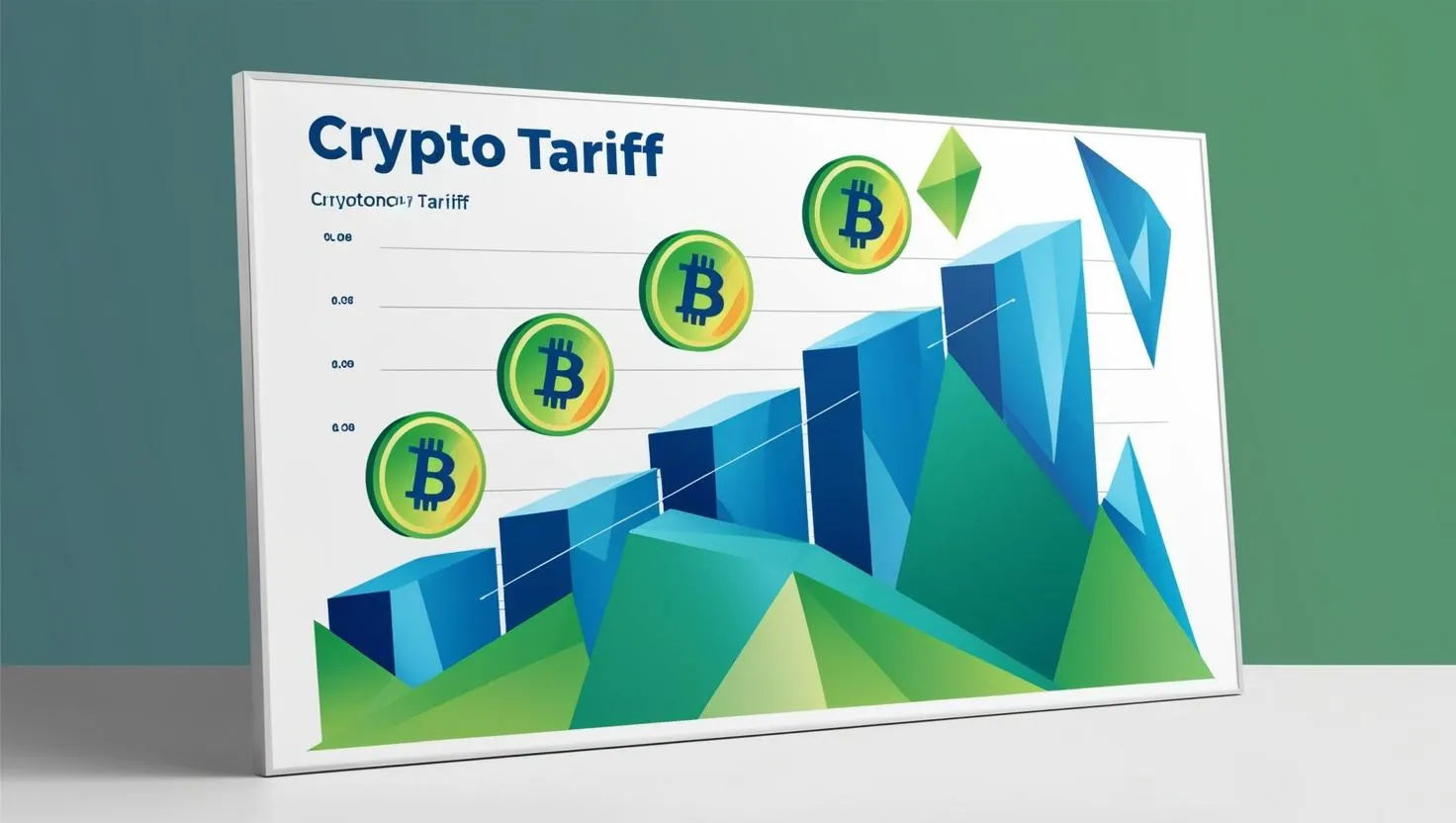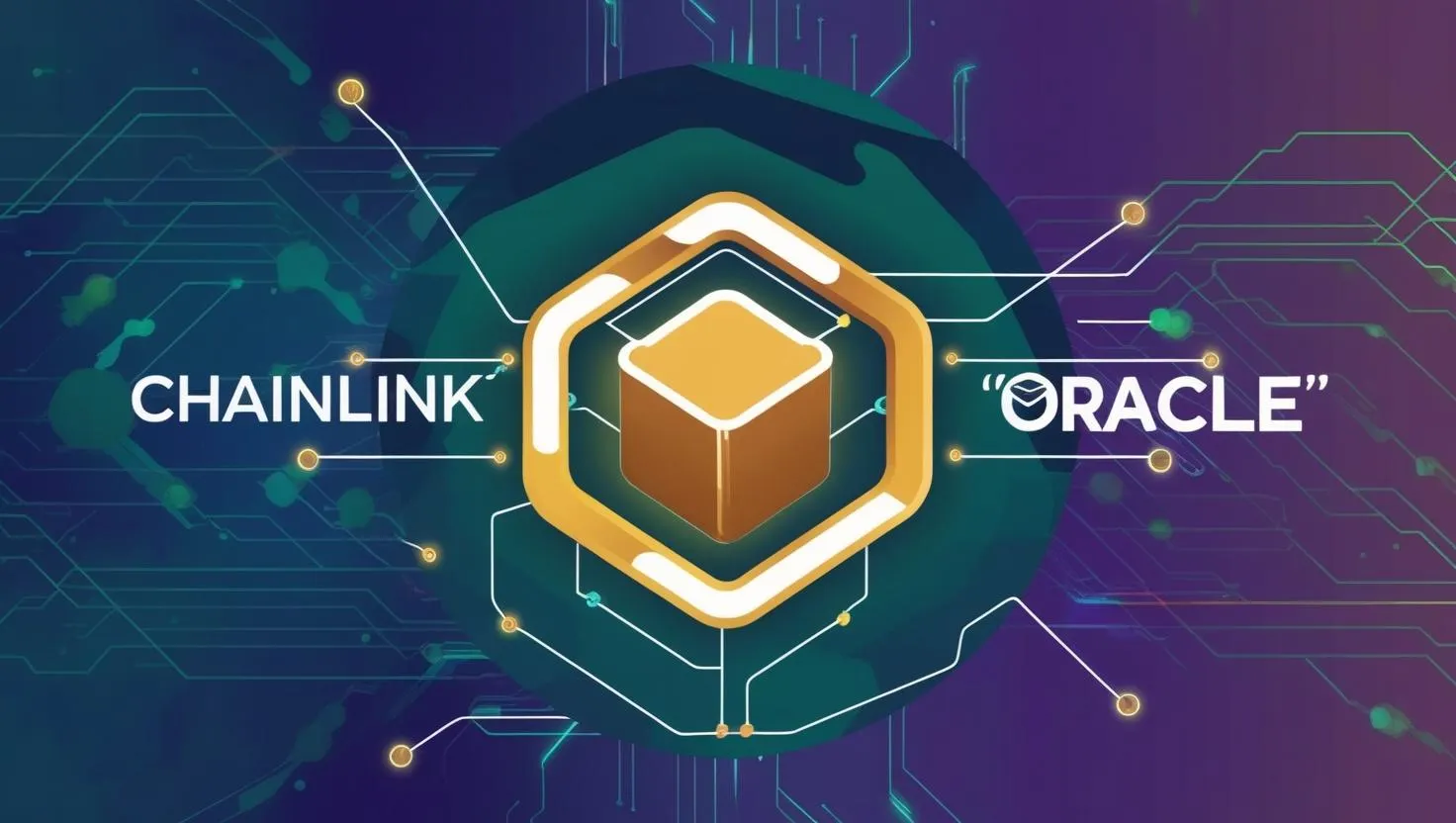Unveiling Fetch.ai: The Future of Decentralized AI and the Power of FET Crypto
Fetch.ai, a blockchain-based project that integrates artificial intelligence (AI) with decentralized technology, and its native cryptocurrency, FET. Below is a detailed explanation of Fetch.ai and its cryptocurrency, based on its purpose, functionality, and ecosystem.
What is Fetch.ai?
Fetch.ai is an innovative platform that combines blockchain technology with artificial intelligence to create a decentralized digital economy. Founded in 2017 by Humayun Sheikh, Toby Simpson, and Thomas Hain, and launched via an Initial Exchange Offering (IEO) on Binance Launchpad in March 2019, Fetch.ai aims to enable autonomous "economic agents" to perform tasks on behalf of individuals, organizations, or devices. These agents leverage AI to make decisions, optimize processes, and facilitate transactions without human intervention, all within a decentralized network.
The core vision of Fetch.ai is to democratize access to AI technology and break down data monopolies held by large corporations. It seeks to create a world where intelligent software agents can autonomously negotiate, trade, and collaborate, streamlining complex systems in industries like finance, transportation, energy, and more.
The FET Cryptocurrency
FET is the native utility token of the Fetch.ai ecosystem. Initially launched as an ERC-20 token on the Ethereum blockchain, it transitioned to Fetch.ai’s own mainnet in 2020. FET serves multiple purposes within the network:
- Transaction Fuel: FET is used to pay for services and transactions on the Fetch.ai platform, such as deploying agents or accessing data and computational resources.
- Staking and Governance: Users can stake FET to participate in network security and governance, earning rewards (e.g., around 10% annual interest, though this rate can vary). Staking also helps secure the network via its Proof-of-Stake (PoS) consensus mechanism.
- Agent Deployment: Developers must stake or spend FET to create and deploy autonomous economic agents (AEAs), which discourages spam and ensures network integrity.
- Value Exchange: FET acts as the medium of exchange between agents, enabling them to trade data, services, or resources autonomously.
The total supply of FET is capped at approximately 2.72 billion tokens (as of the merger into the Artificial Superintelligence Alliance, discussed later), with a circulating supply that fluctuates based on market dynamics and staking activity.
Key Components of Fetch.ai
Fetch.ai’s ecosystem is built on several interconnected components:
Autonomous Economic Agents (AEAs):
- AEAs are AI-powered software entities that act independently to represent users, devices, or organizations. For example, an AEA could negotiate the best flight price for a traveler or optimize energy usage in a smart grid.
- These agents use machine learning to improve their decision-making over time, adapting to real-world conditions.
Open Economic Framework (OEF):
- This is a decentralized environment where AEAs interact, search for services, and discover opportunities. It acts as a marketplace for agents to collaborate and exchange value.
Fetch.ai Blockchain:
- The Fetch.ai blockchain is a high-performance, sharded network based on the Cosmos SDK, utilizing a Proof-of-Stake consensus mechanism combined with a unique "Minimal Agency Consensus Scheme." It supports fast transaction processing and scalability.
- It incorporates multi-party cryptography and game theory to ensure security and censorship resistance, and it uses WebAssembly (WASM) for advanced smart contracts.
Digital Twins and Metropolis:
- Digital twins are virtual representations of real-world entities (e.g., a car or a person) that AEAs manage. The "Digital Twin Metropolis" is a marketplace where these twins interact and trade services.
- This framework enhances applications like decentralized finance (DeFi) by providing personalized, secure oracles.
Decentralized Data Layer:
- Built on the InterPlanetary File System (IPFS), this layer enables secure data sharing among agents while protecting user privacy through differential privacy techniques.
How Does Fetch.ai Work?
Fetch.ai operates as a decentralized network where AEAs perform tasks autonomously. Here’s a simplified example of its workflow:
- Scenario: You want to book a hotel room.
- Process:
- You deploy an AEA with FET, setting parameters like budget and location.
- The AEA connects to the OEF, searching for hotel providers’ AEAs.
- It negotiates with these agents in real time, using AI to find the best deal.
- The transaction is recorded on the Fetch.ai blockchain, with FET used as payment.
- The AEA learns from the interaction, improving future negotiations.
This process eliminates intermediaries (e.g., booking platforms) and central data hubs, giving users more control and efficiency.
Use Cases
Fetch.ai’s technology has broad applications across industries:
- Decentralized Finance (DeFi): Automating trading strategies (e.g., arbitrage across exchanges) or managing liquidity pools.
- Transportation: Optimizing traffic flow, parking, or ride-sharing logistics.
- Energy: Balancing supply and demand in smart grids for efficient energy distribution.
- Travel: Automating bookings and itinerary planning.
- Smart Cities: Managing resources like water, electricity, or public transport in real time.
The Artificial Superintelligence Alliance
In 2024, Fetch.ai merged with Ocean Protocol and SingularityNET to form the Artificial Superintelligence Alliance (ASI). This merger unified their tokens under the FET ticker, aiming to create a cohesive AI-blockchain ecosystem. The combined entity focuses on accelerating decentralized AI development, with FET as the primary token. As of March 20, 2025, this alliance continues to evolve, leveraging the strengths of all three projects.
Tokenomics and Market Performance
- Supply: The total supply of FET post-merger is approximately 2.72 billion tokens.
- Price: FET’s price fluctuates based on market demand, adoption, and broader crypto trends. Historically, it hit a low of $0.00827 in March 2020 and has seen significant growth during AI-driven market cycles.
- Exchanges: FET is available on major platforms like Binance, Coinbase, KuCoin, and Uniswap.
Benefits and Challenges
Benefits:
- Decentralizes AI, reducing reliance on tech giants.
- Enhances efficiency in complex systems.
- Offers scalable, secure blockchain infrastructure.
Challenges:
- Adoption depends on developer and industry uptake.
- Competition from other AI-blockchain projects (e.g., Bittensor, Render).
- Regulatory uncertainty around AI and crypto.
Conclusion
Fetch.ai, through its FET cryptocurrency, represents a pioneering effort to blend AI and blockchain technology. It envisions a future where autonomous agents handle everyday tasks, from trading crypto to managing city infrastructure, all within a decentralized, user-controlled framework. As part of the Artificial Superintelligence Alliance, Fetch.ai is poised to play a significant role in the evolving landscape of decentralized AI, making FET a token to watch in both the crypto and tech worlds.

